The Alhambra is one of Rachel’s favourite places on the planet. We’ve heard so much about it, enjoy paintings of it every day, and have been so looking forward to experiencing for ourselves.
The south of Spain was originally under Muslim rule, and the Granada Albecin was one of 20 small kingdoms in the area. The Alhambra site looks far over the city and the expansive flat lands beneath the Sierra Nevada – the perfect place for a ruler to defend their territory. It’s a series of palaces that were established by Ibn al-Ahmar founder of the Nasrid Dynasty in 1238, and built until 1358. It was held by Muslim leaders until it taken over by Catholic rulers in 1492.
We entered the space via the Puerta de la Justica, a massive gate near the oldest part of the site. This holds the first sign of the Muslim and Catholic history – the Hand of Fatima with the 5 pillars of Islam appears alongside the Christian symbols that were added when the palace was taken over.
Our guide, Karin, holds so much knowledge about the Alhambra, from the overall timeline to the tiniest details in the decorations and it was clear that this was going to be a rich experience as we stepped inside and around the corner designed for maximum defence.
The age, restoration and maintenance of this site is instantly clear. It had fallen into ruin after it was abandoned in 1492. In 1829 American Ambassador Washington Irving rediscovered it and wrote a novel about it, this sparked interest across the world, and ultimately led to it’s restoration from 1923.
The early bird catches the worm… or at least the best sunlight! The iron in the walls of the Alcazaba (the original fort) reflects the light and gives the most incredible golden glow across the courtyards.
Our tour of the Nasrid Palace, the other palaces and the grounds gave us the Alhambra on three levels… the facts about the site, the stories about the people who lived here, and the incredible beauty that surrounded us as we moved through each area. I could never do the full story justice, so will focus on the little things that captured me the most…
The intricate detail and impeccable craftsmanship of the Nasrid Palace is incredible. This space was originally Muslim, and when the Catholic leader Isabelle, took over she recognised its beauty. took She chose to maintain the décor, with minor structural changes, the addition of some Christian symbolism, and strategically placed furniture and wall-hangings.
The patterns are intricate and repetitive. Blue lapis features heavily, alongside yellow, green and a little red in the tiles, that reversed with white, turned and moved to create the design. The craftsmanship in the doors and walls with scripture carved into plaster and marble is outstanding.
Symmetry also appears throughout the palace. There’s something calming and predictable about it all. Spaces such as the reception area and throne room are designed to draw attention to the rulers, and establish the hierarchy in a space.
The Court of the Lions, contains 124 white marble columns in the space create light and symmetry, and would have looked stunning against the original green courtyard space. The Fountain of the Lions is held by 12 marble lions, representing strength and courage.
The detail extends to the ceilings throughout the Nasrid Palace. The Throne Room ceiling is made up of 8017 pieces in a pattern of 7 stars that represents the combination of religion and earth. Other ceilings are mathematical genius in the design and construction. The extent of every intricate detailed beauty is truly amazing.
After the Nasrid Palace we returned to the original fortress, Alacazaba. The footings of the soldiers quarters remain… 700 soldiers would have lived in this small space. As expected, the best views over Granada are from here.
In 1526 Prince Charles V took residence here and destroyed parts of the Alhambra to build a renaissance style palace. The circular courtyard is used for concerts today.
The conifer lined path to the Generalife or ‘Summer House’ is currently the site of archaeological exploration. The palaces here were destroyed by Napolean’s forces, so the ruins are being uncovered and the footings restored. It makes you realise how much history we have lost over time through neglect or deliberate destruction.
The Gardens throughout the Alhambra share the same commitment to design and detail as the palaces. They are maintained by a permanent team of 40 fulltime gardeners, and even that seems light on for the amount and quality of work. There are immaculate hedges, vegetable gardens, fountains, and so many trees and plants. Never ending.
The Gardens around the Generalife are particularly stunning, and provide great views towards the other palaces.
The Summer House would have been the private space for the family. It’s simple from outside, preferring to keeping the best areas private. The gardens turn it into a cool and relaxing space, quite a contrast to the Palaces on the rest of the site.
The final stages give you one last glimpse of the palaces. This truly is a remarkable place, and we can fully understand why Rachel loved it so much. The history, the stories, the design and décor, the gardens… I can imagine her sitting here for hours, enjoying and learning about the space.
The Albecin is the original part of town, filled with small alleys on the hill opposite the Alhambra. It’s known for the great views of the Alhambra, so in the late afternoon we ventured out for another perspective. From here you can appreciate the size and scale of it all. So difficult to fit into one photograph!
Final stop for the day… a special dinner to remember Rachel. More amazing food selected by The Boys… Octopus, beef tartare with artichokes, and a fabulous pistachio dessert… or two… perfectly colour coordinated!
It’s been such a special day to spend with Mum, learning together about something that was so important to R. What a privilege.
Love M & BBx
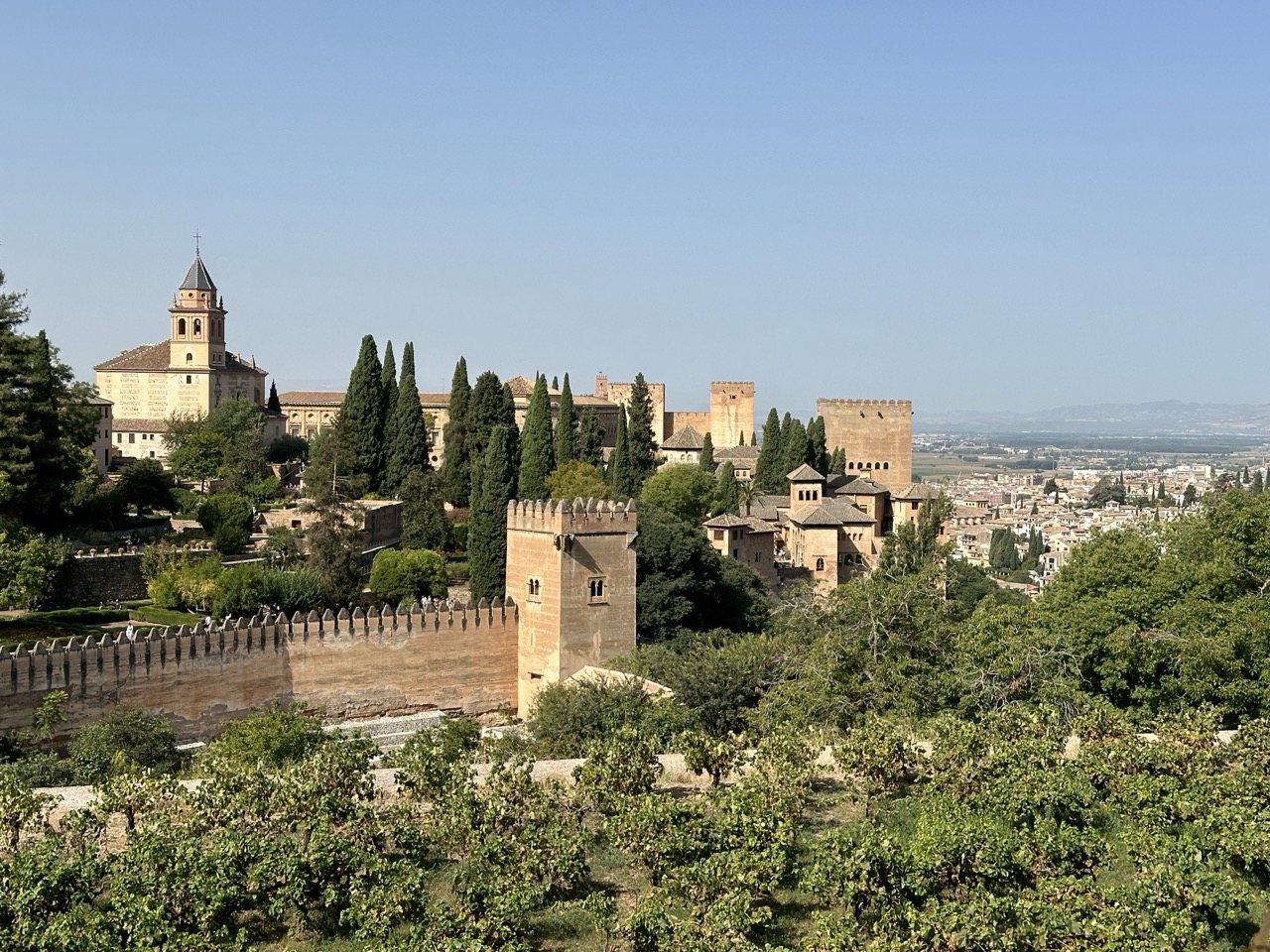

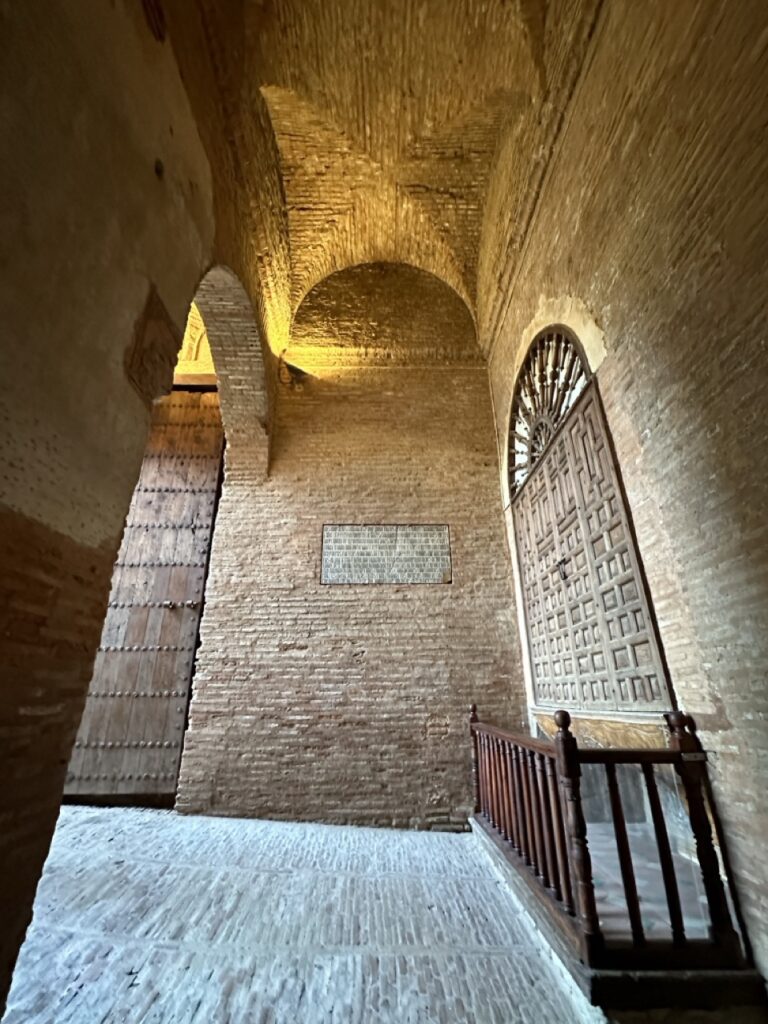
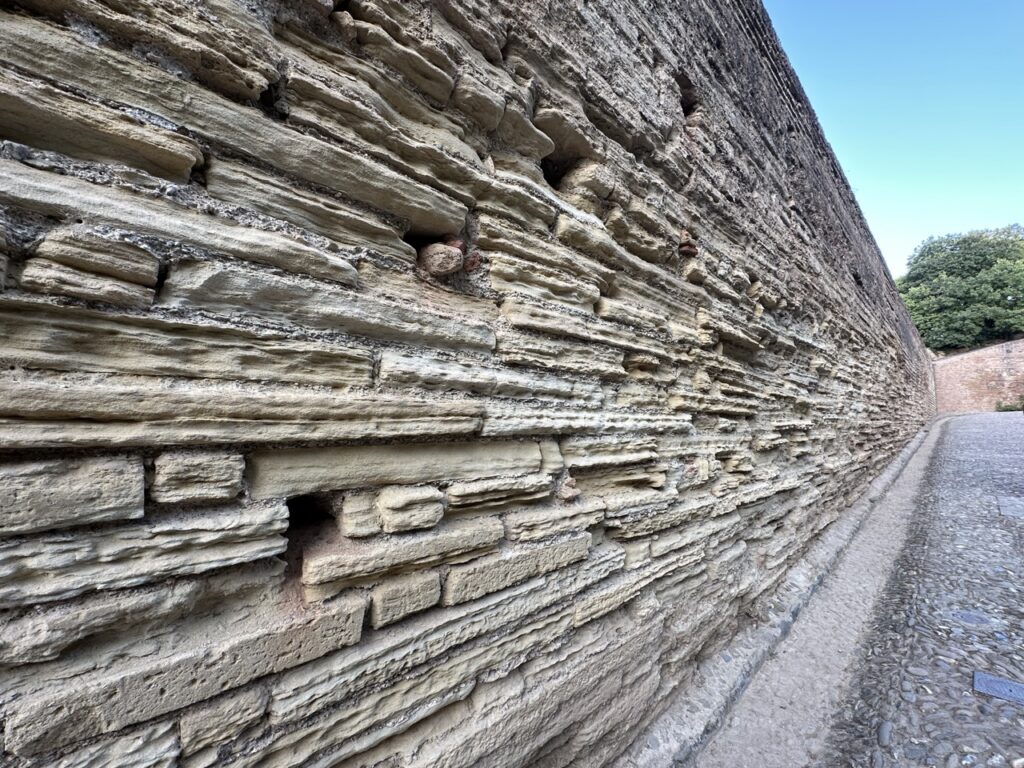
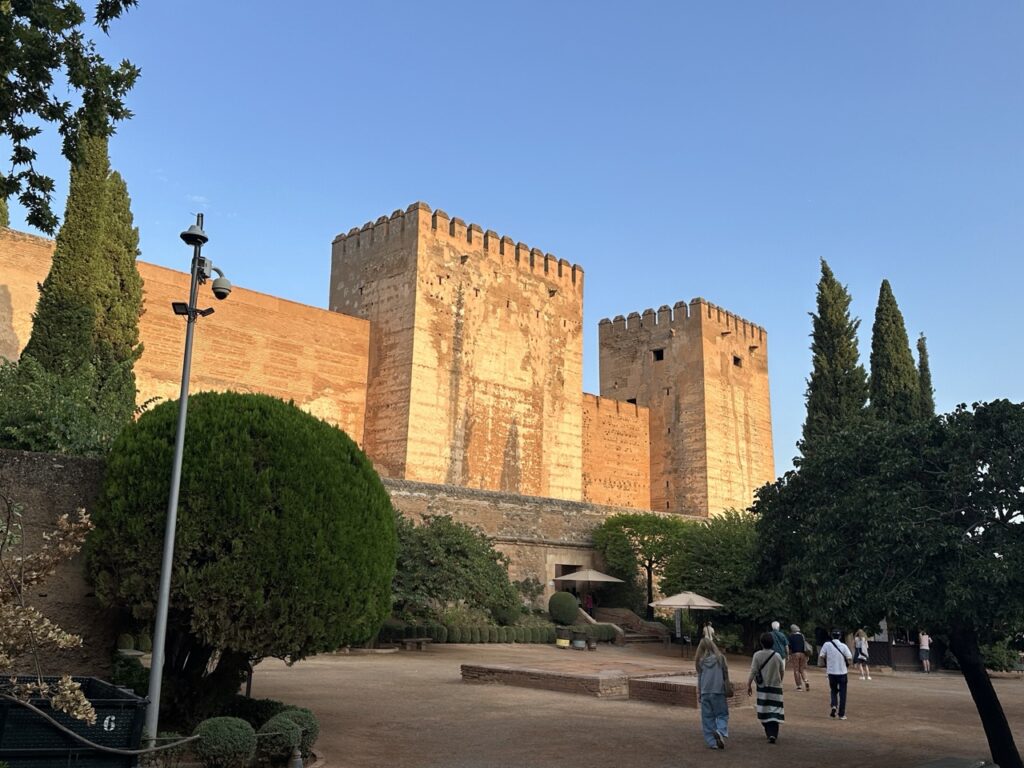
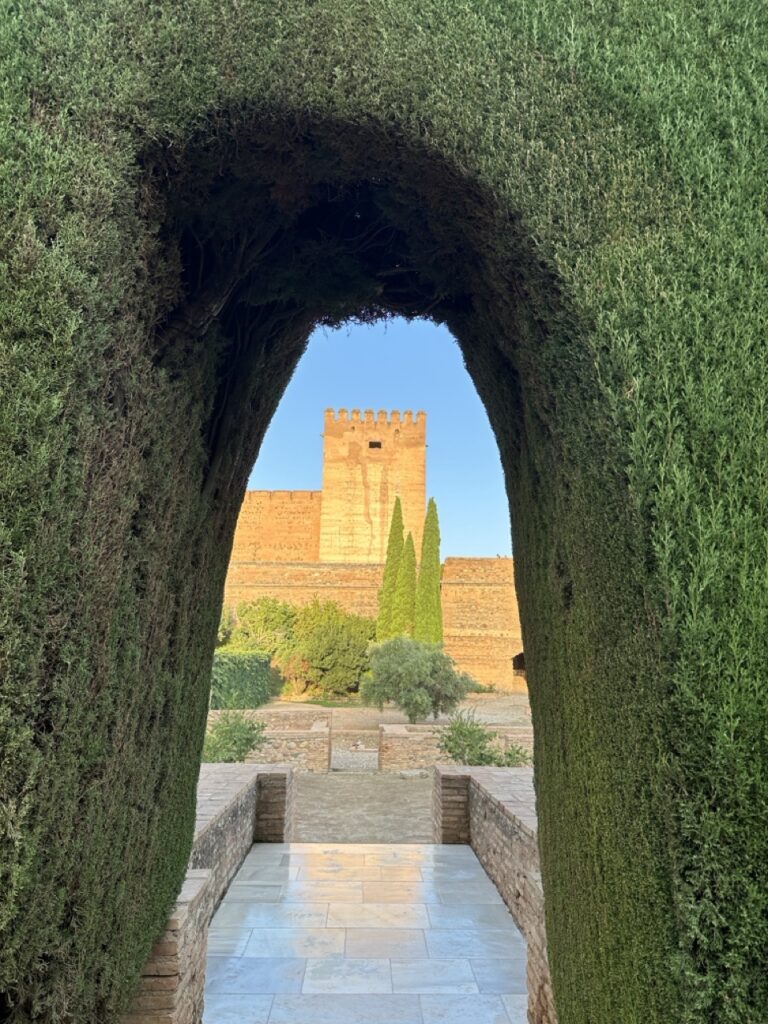
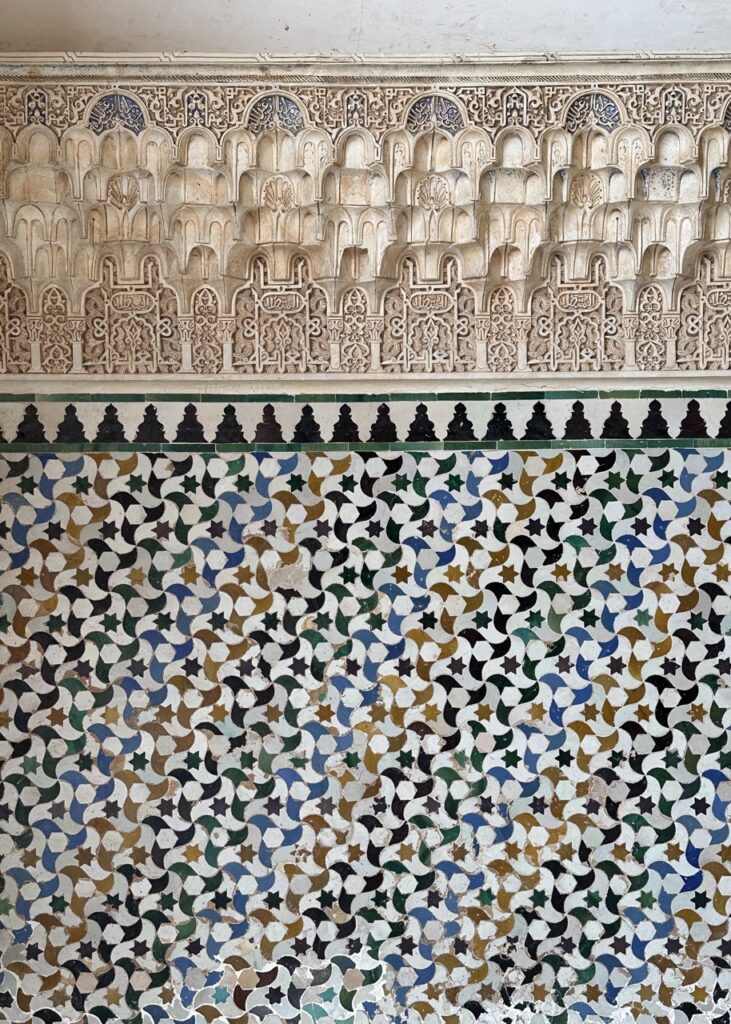
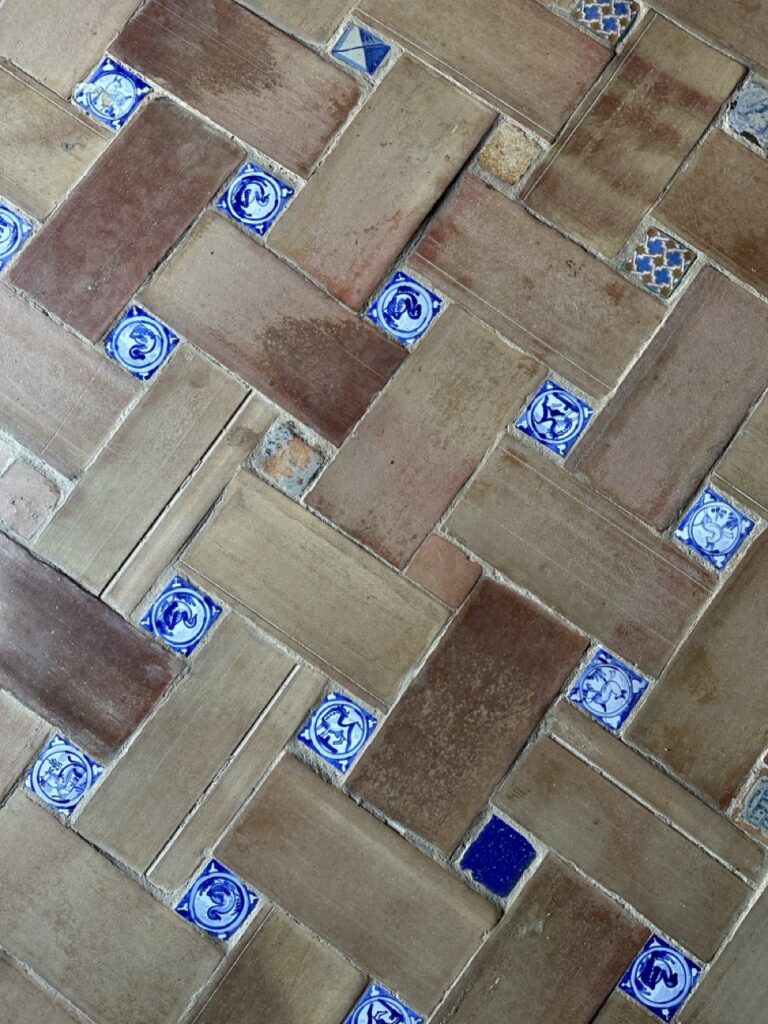
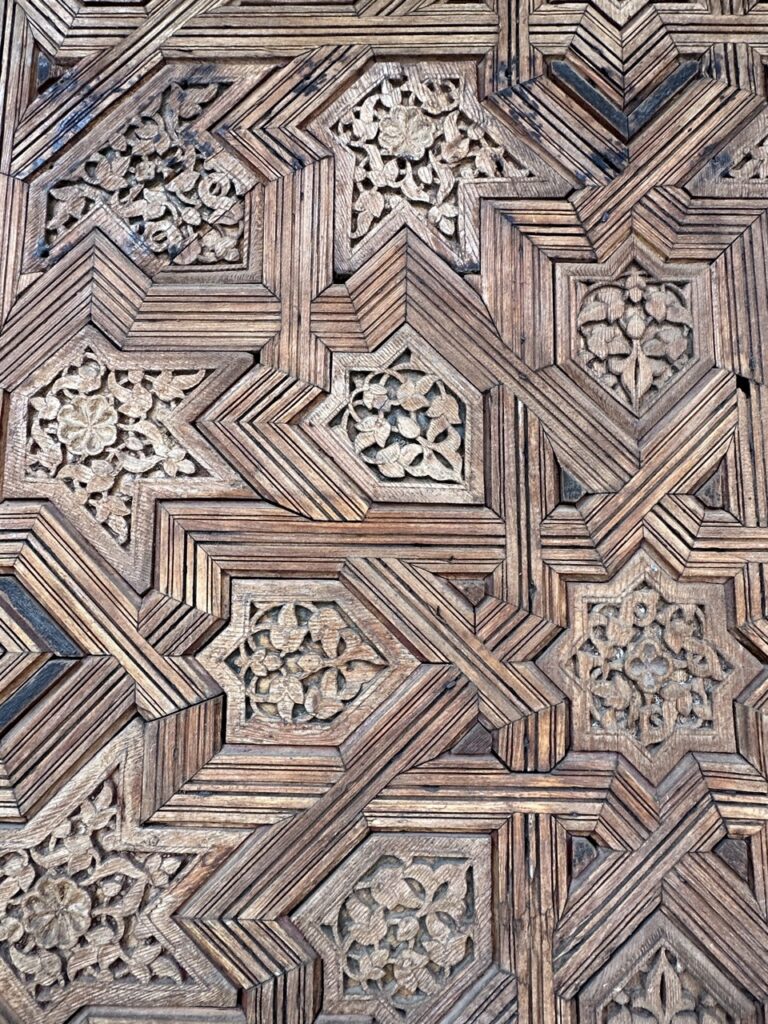
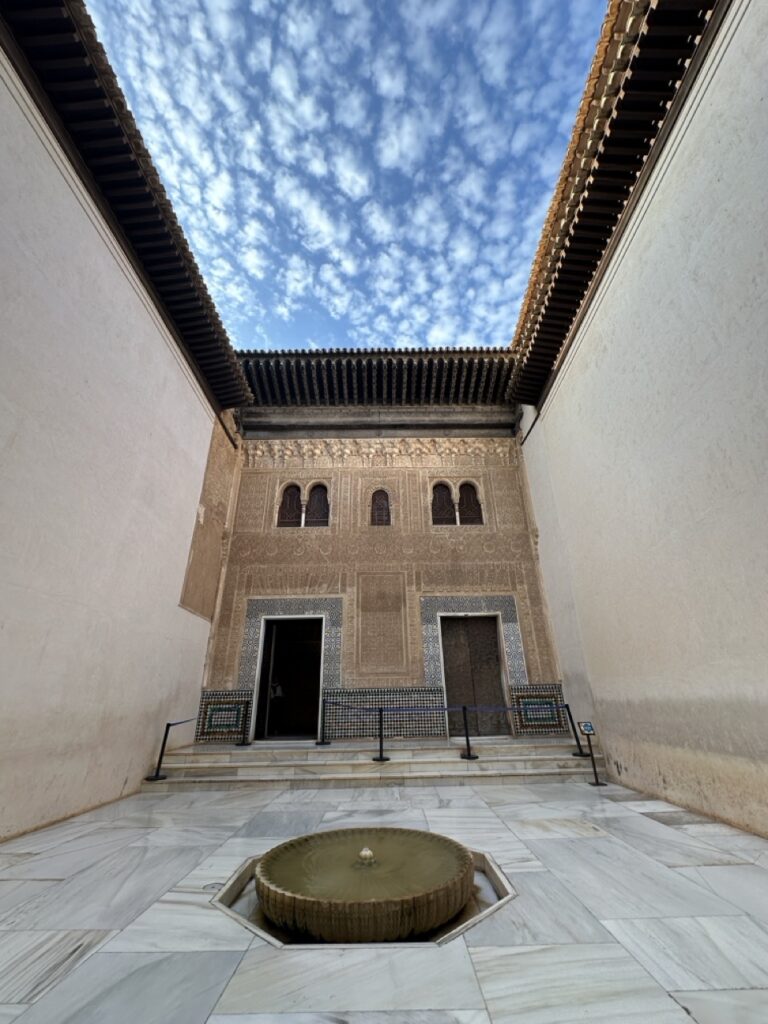
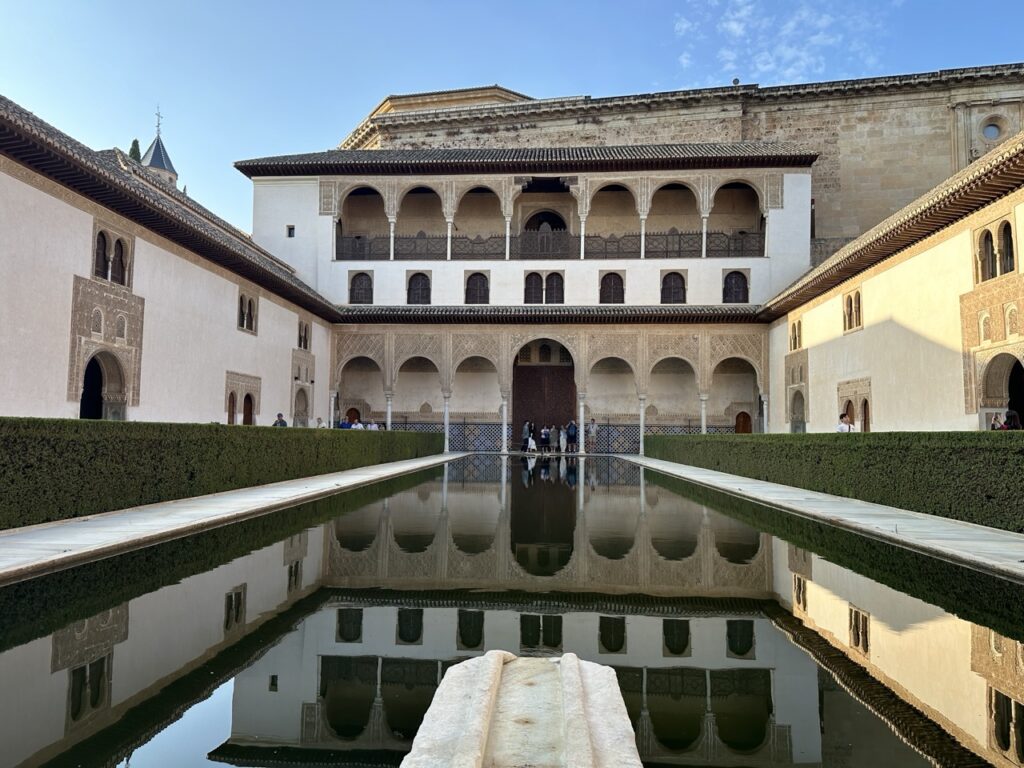
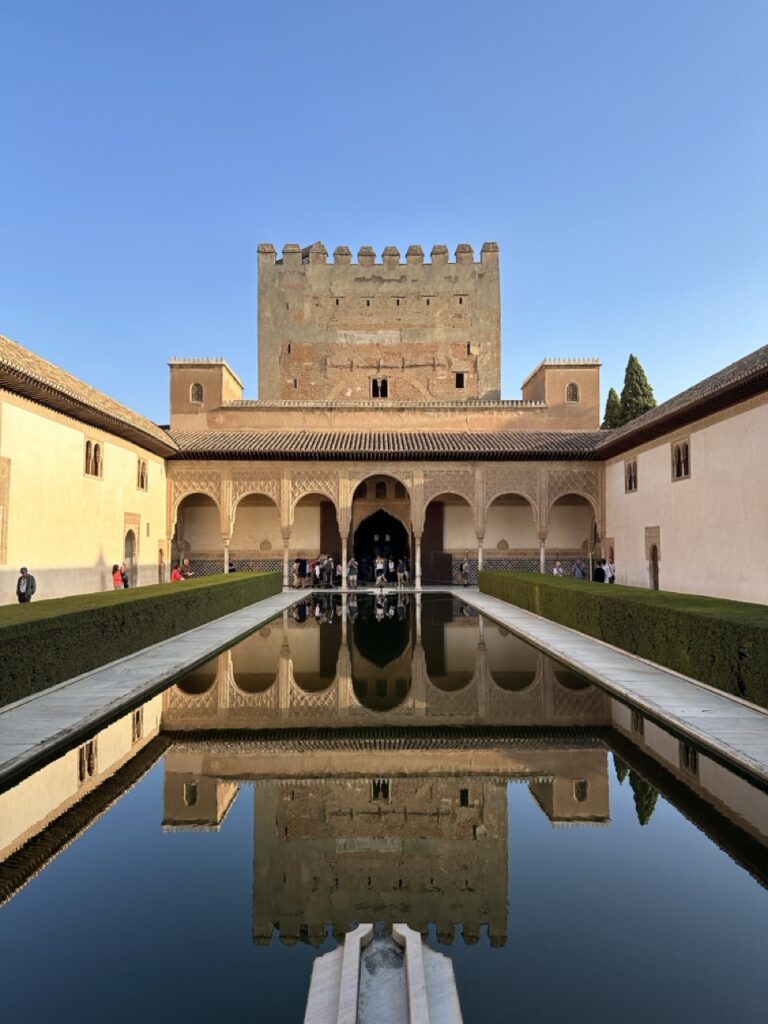
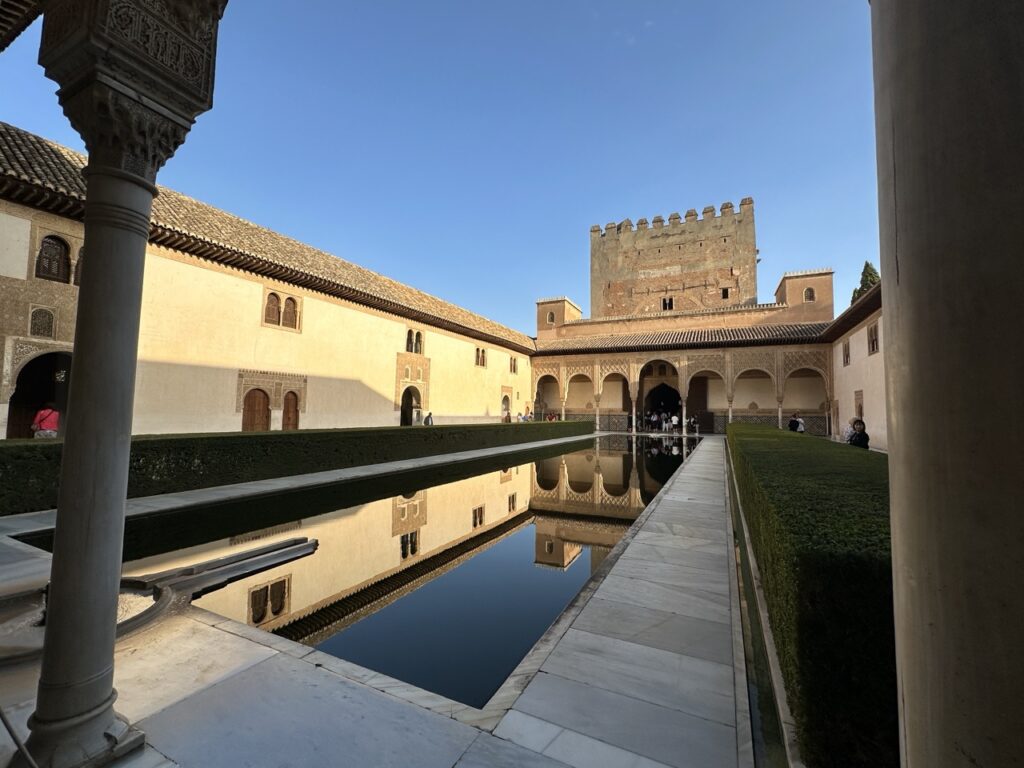
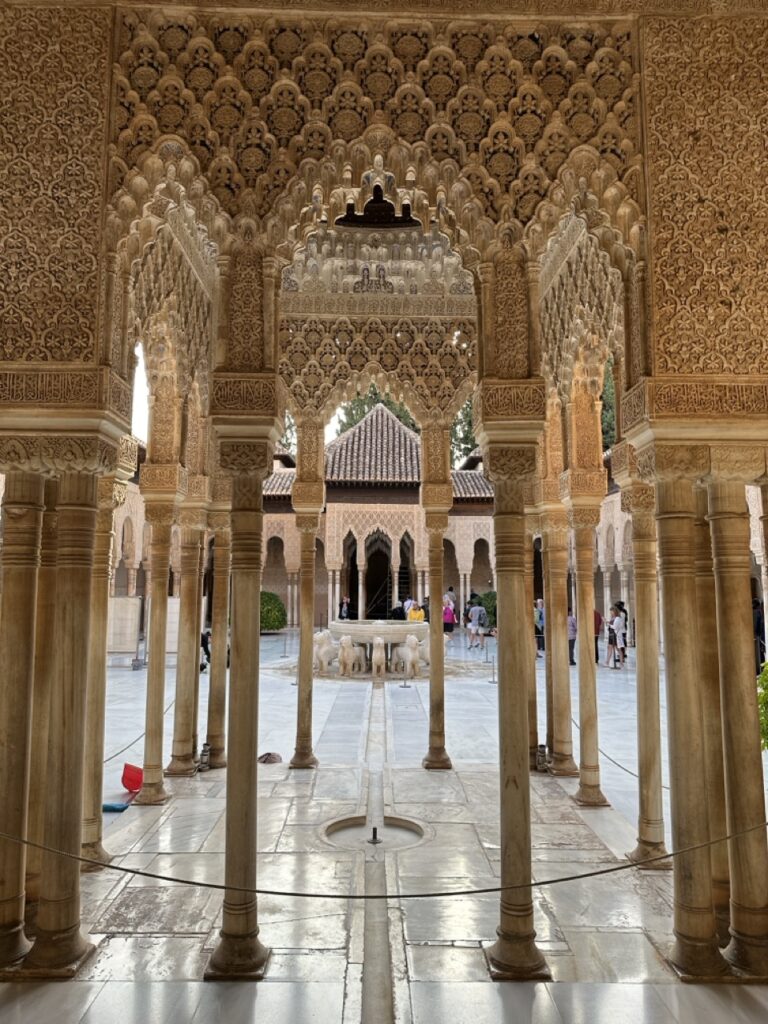
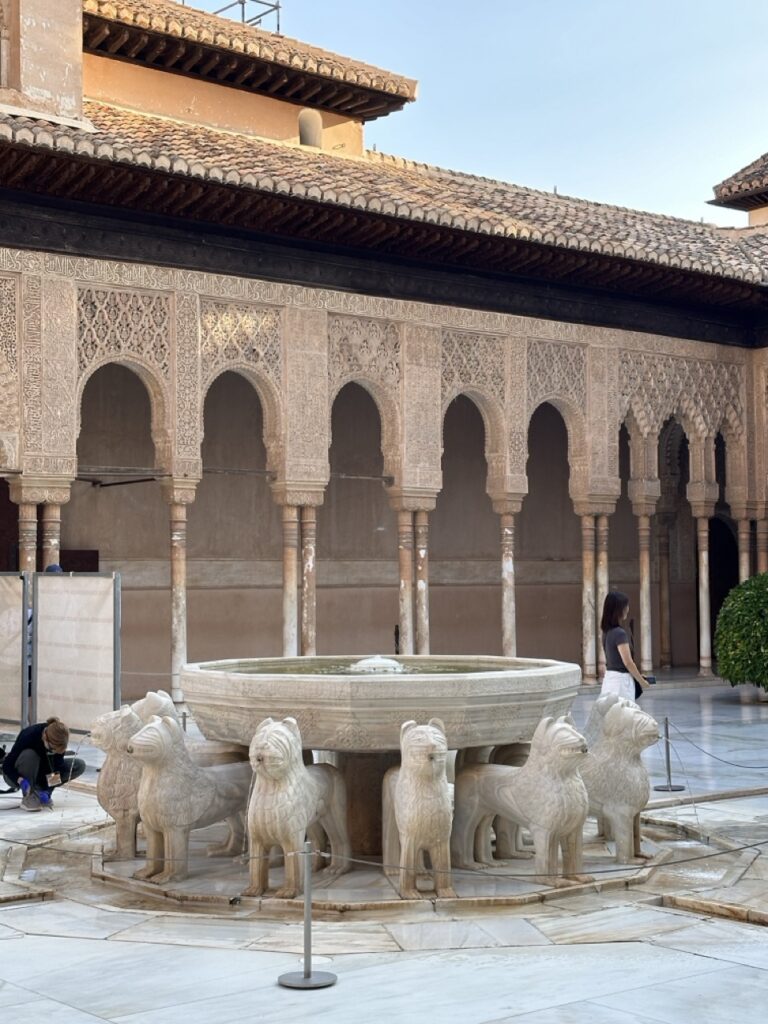
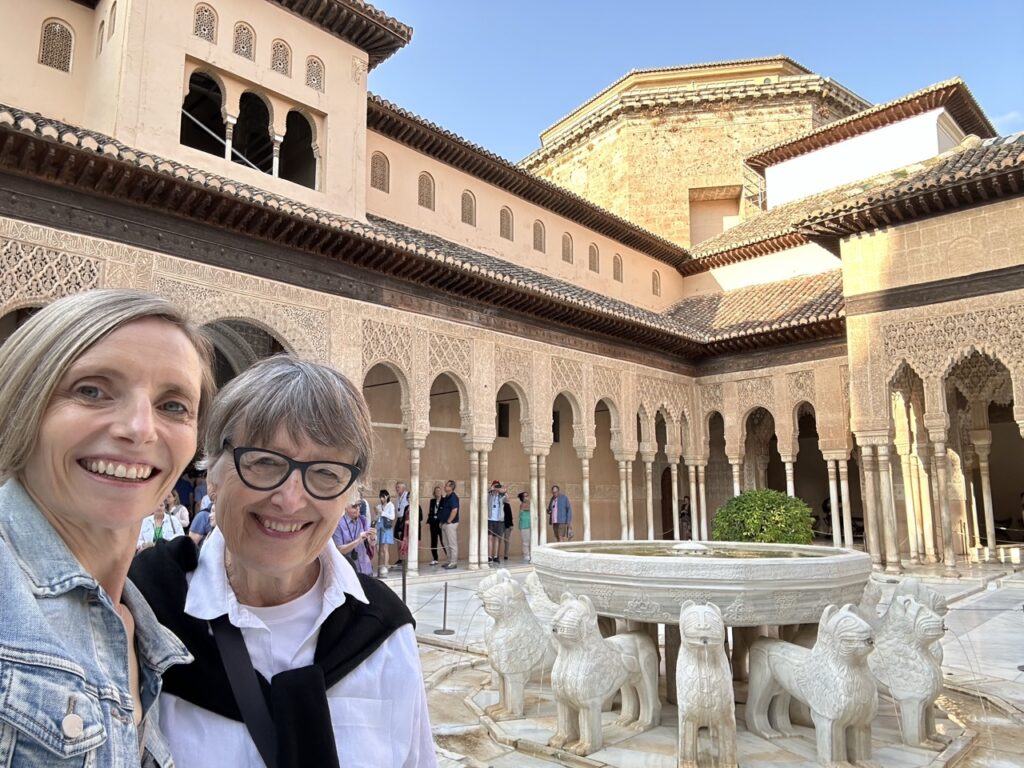
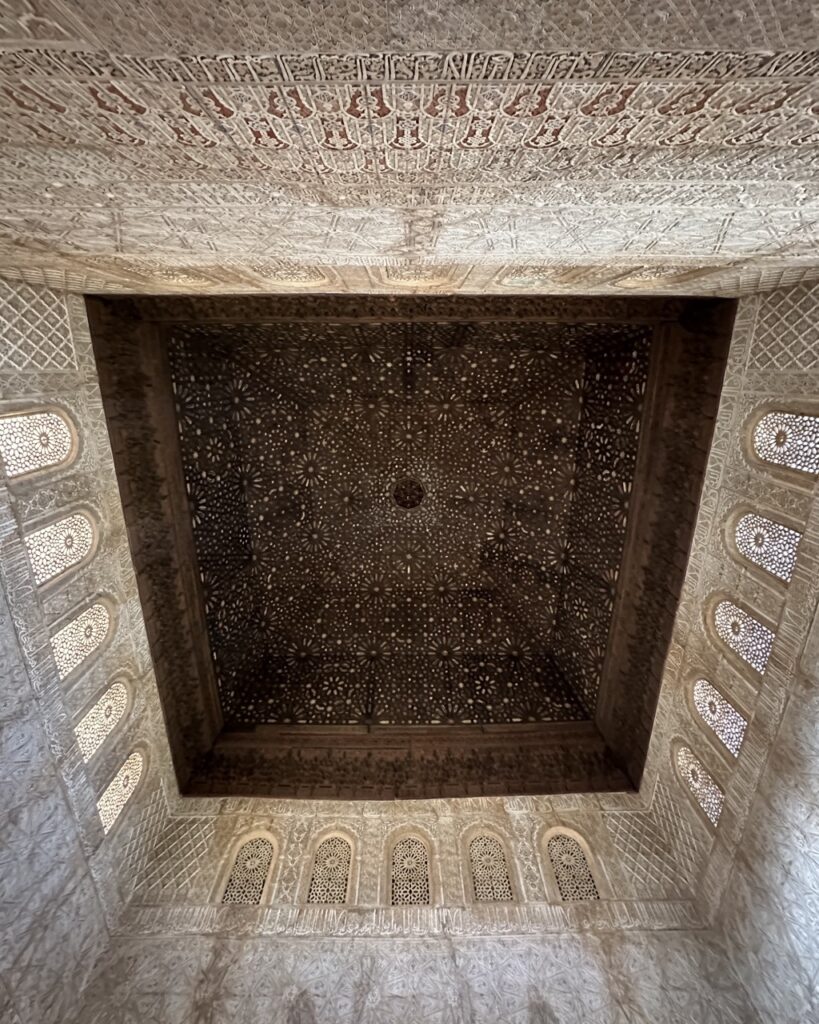
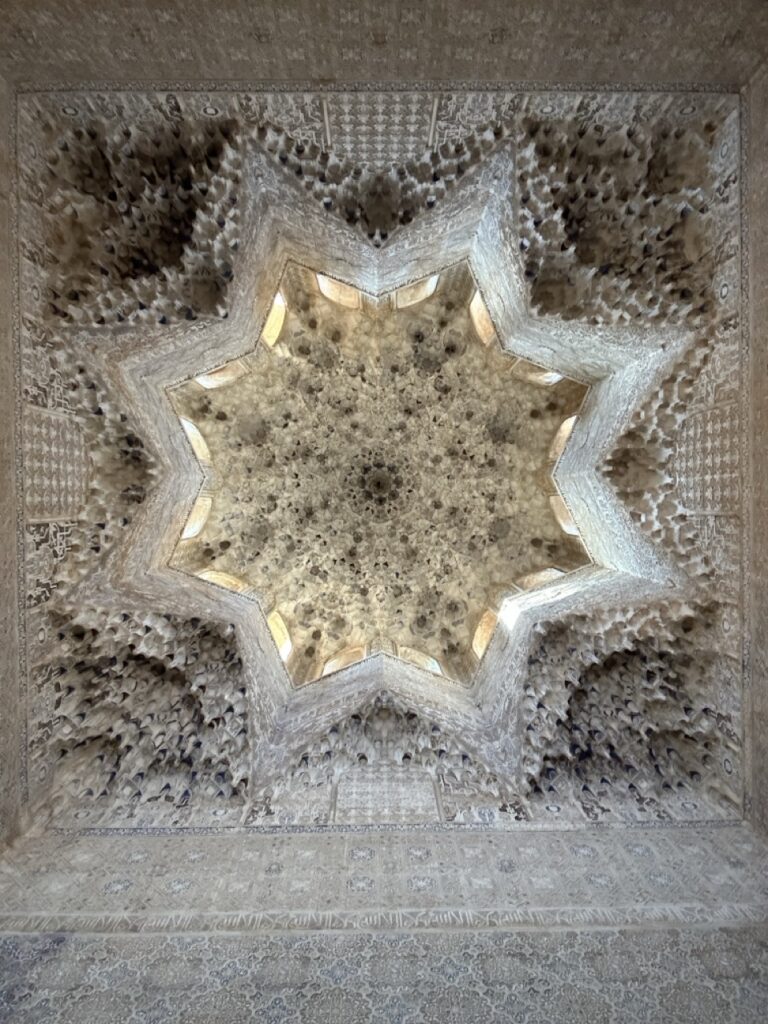
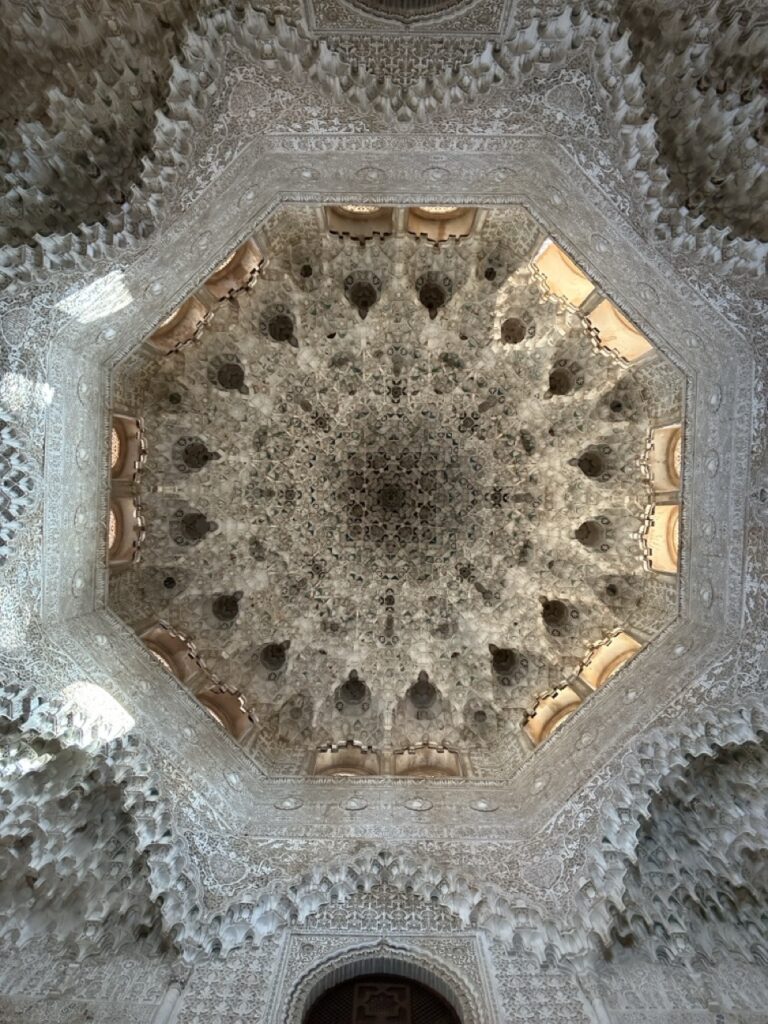
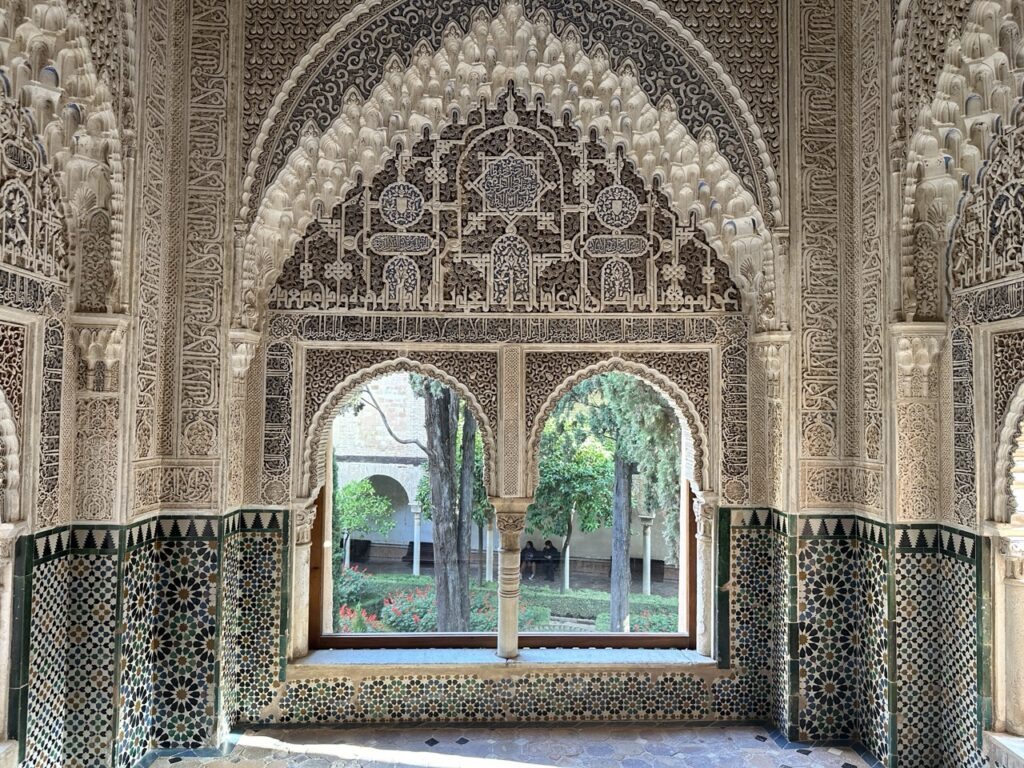
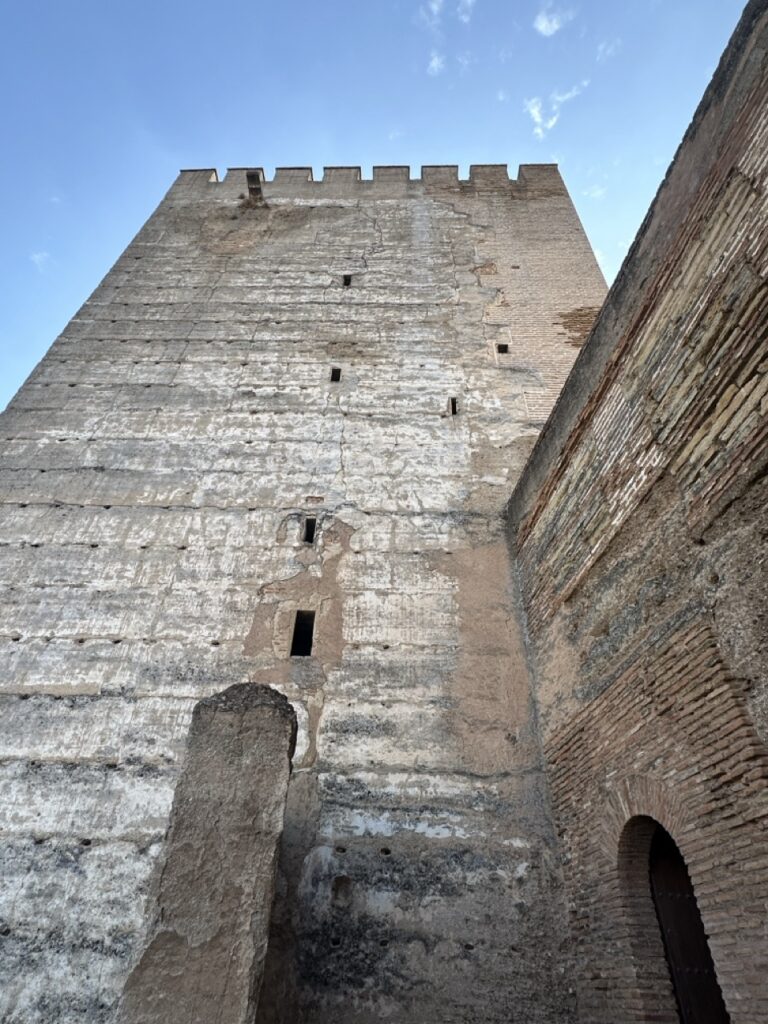
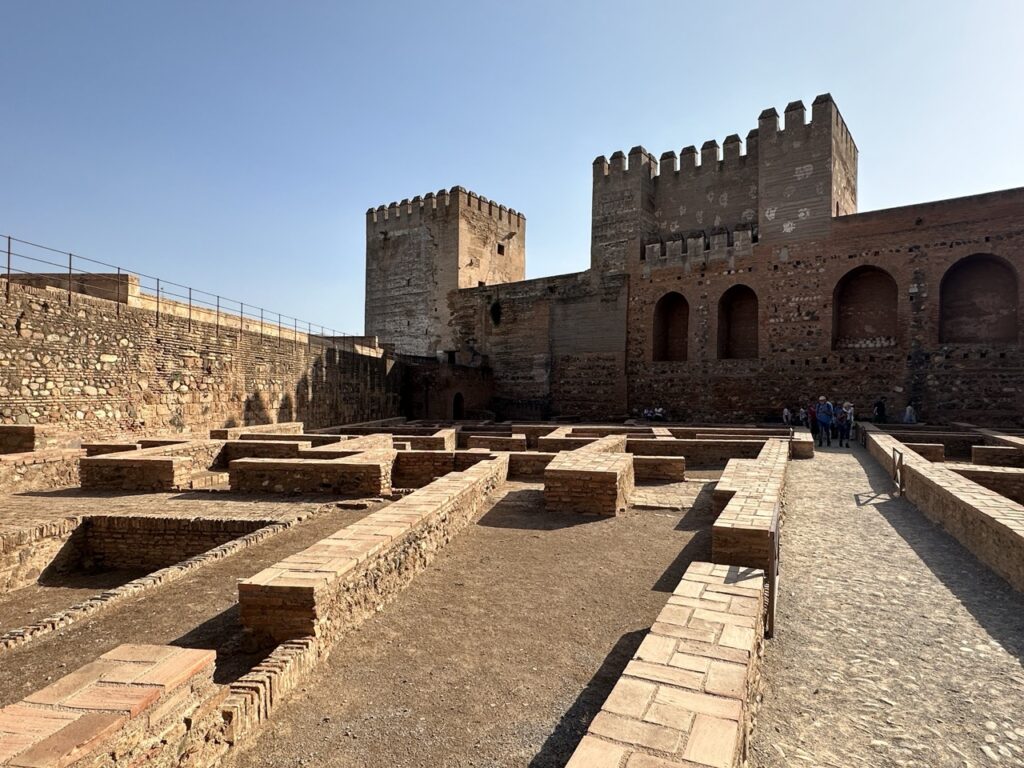
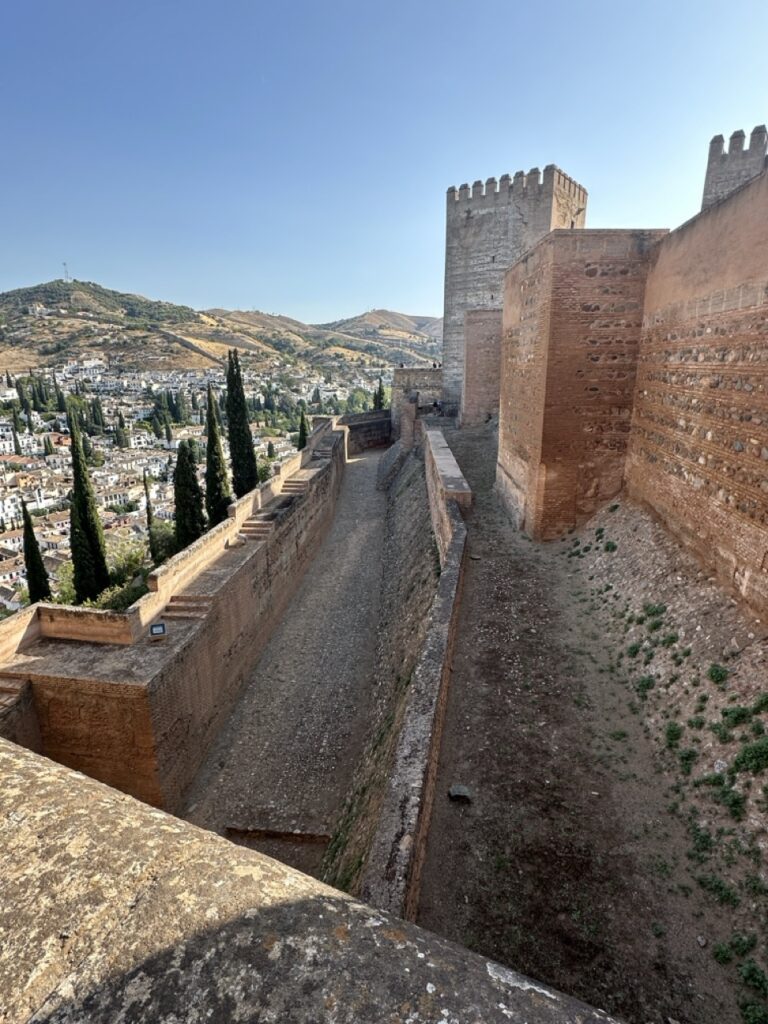
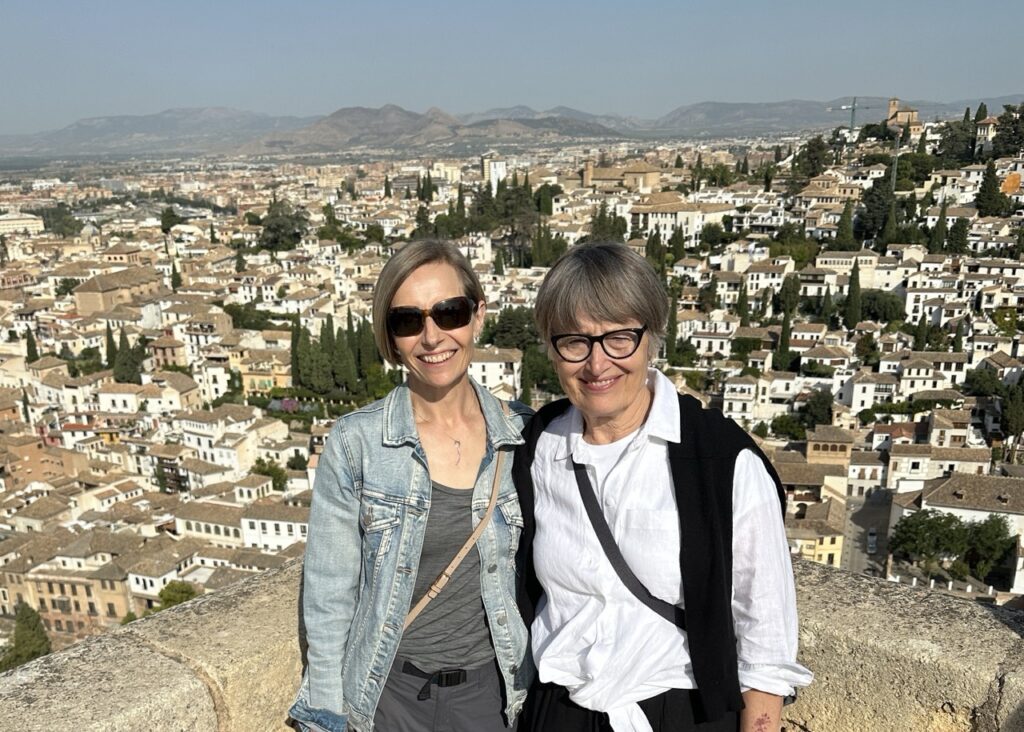
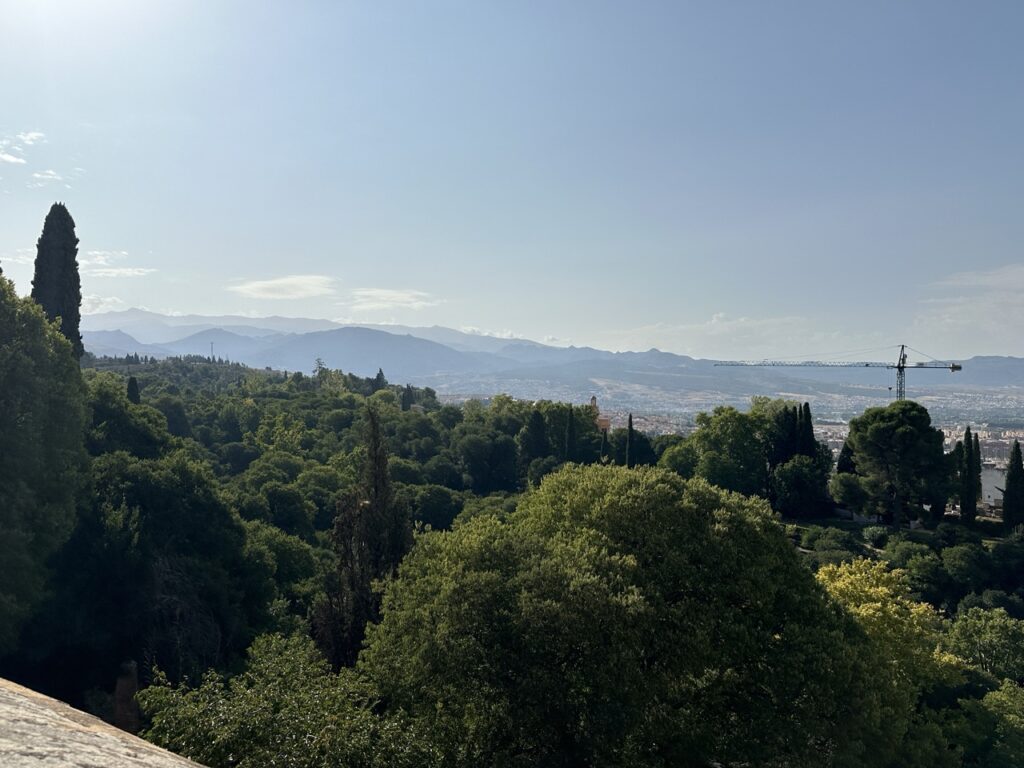
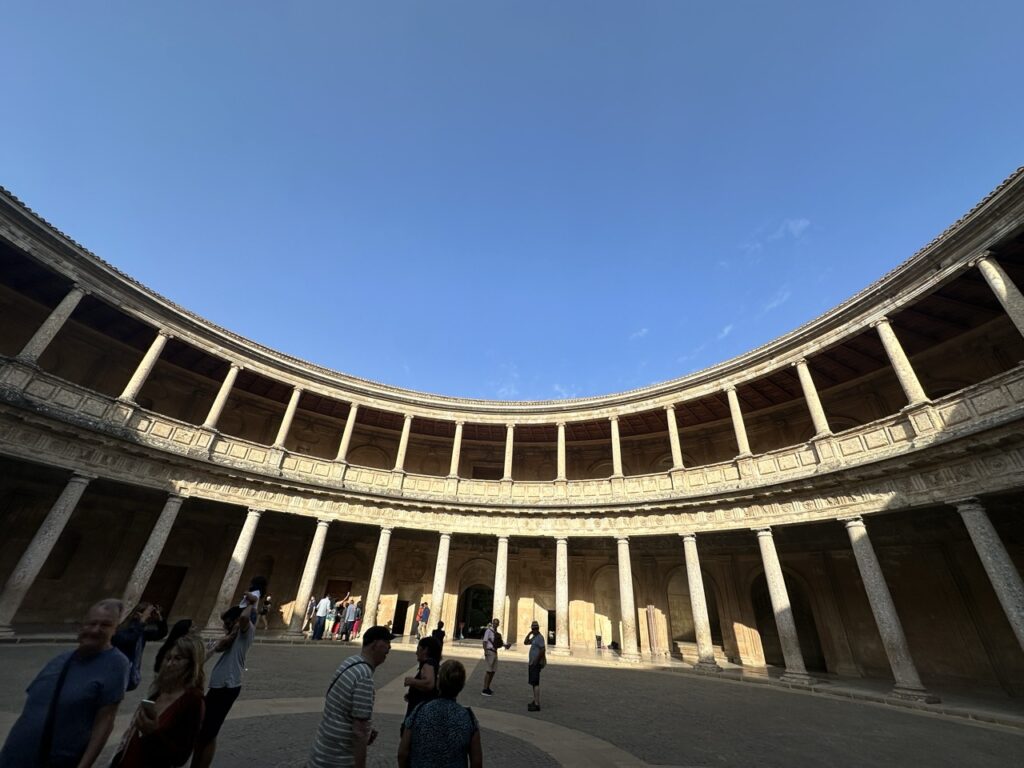
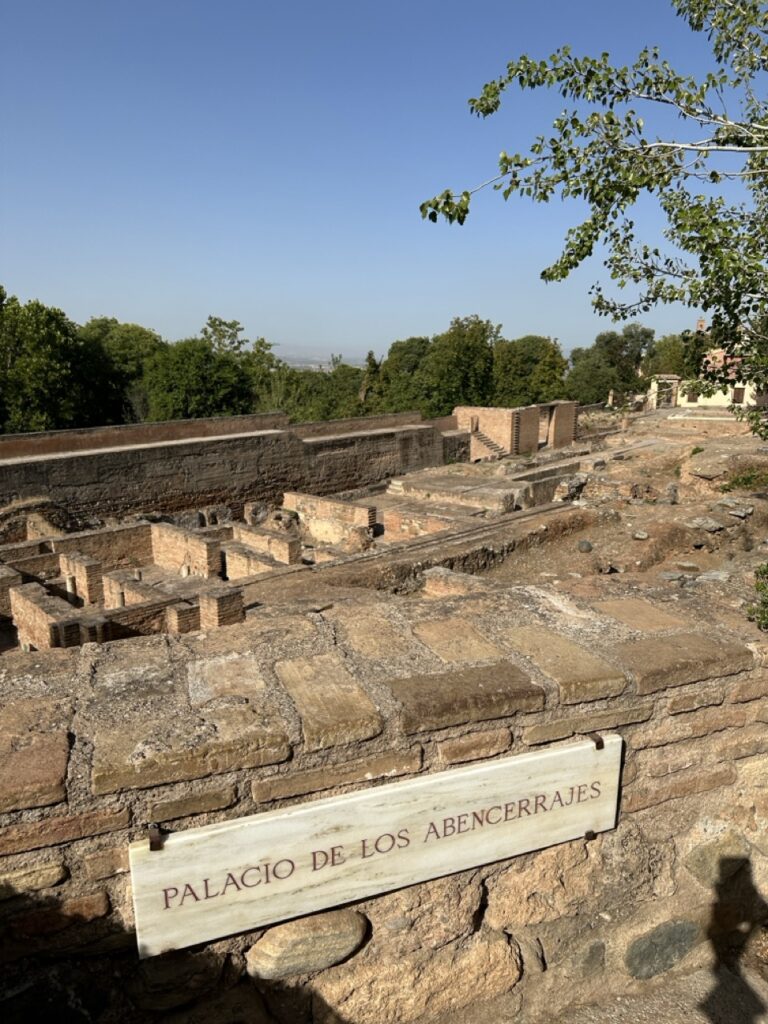
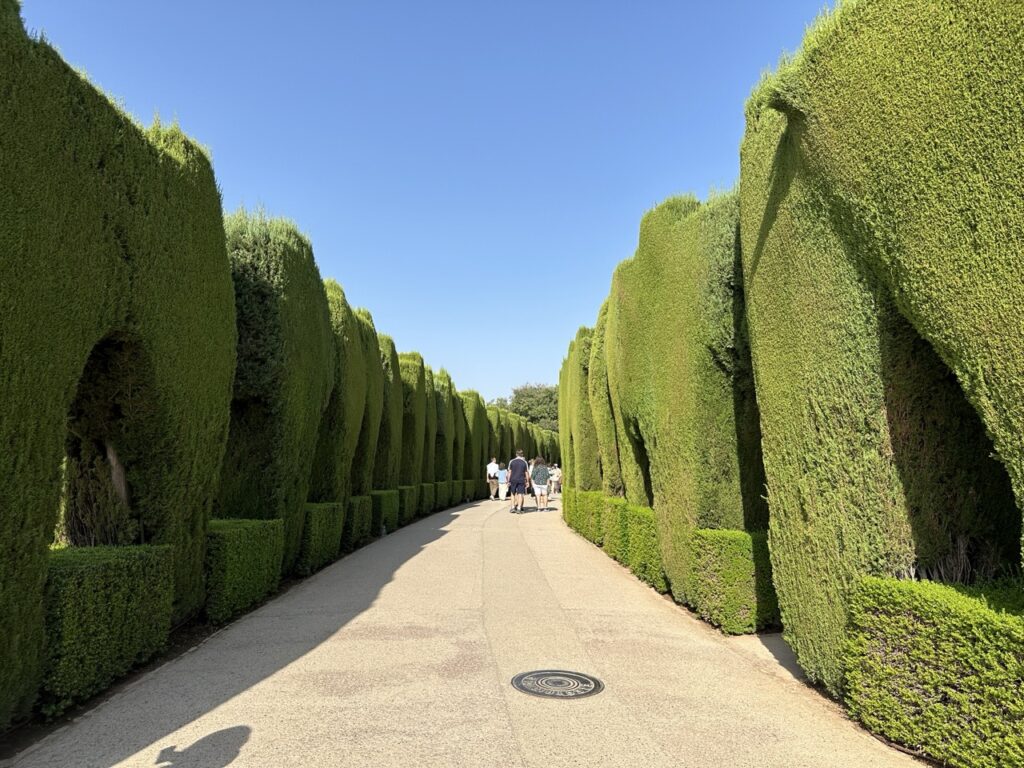
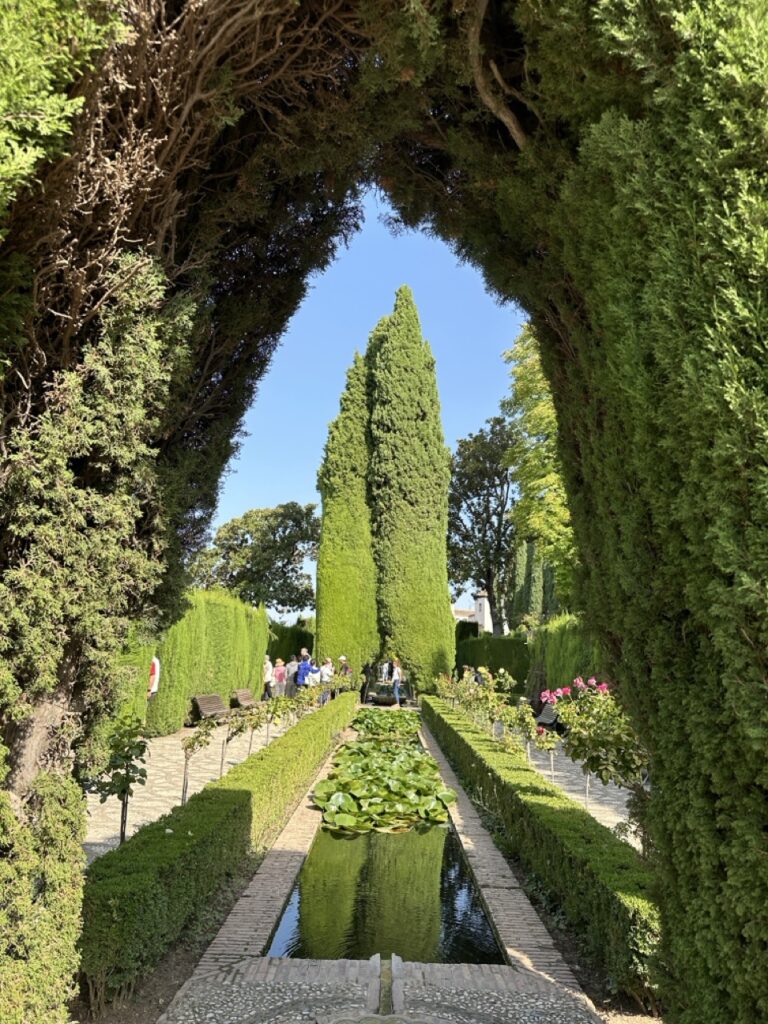
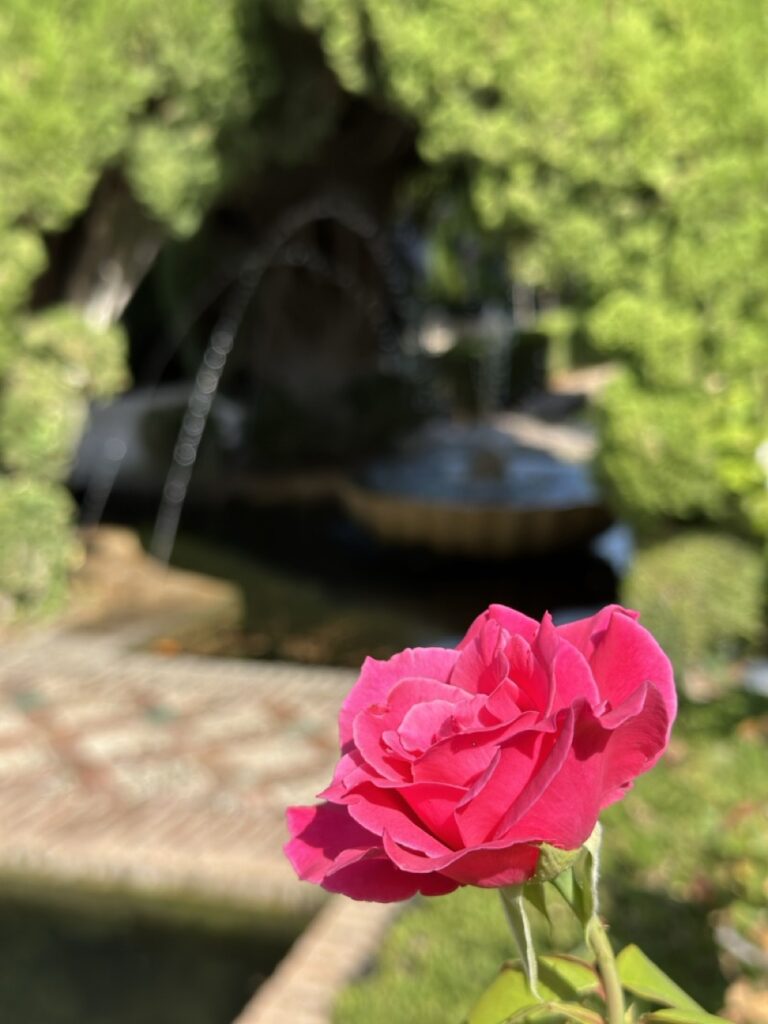
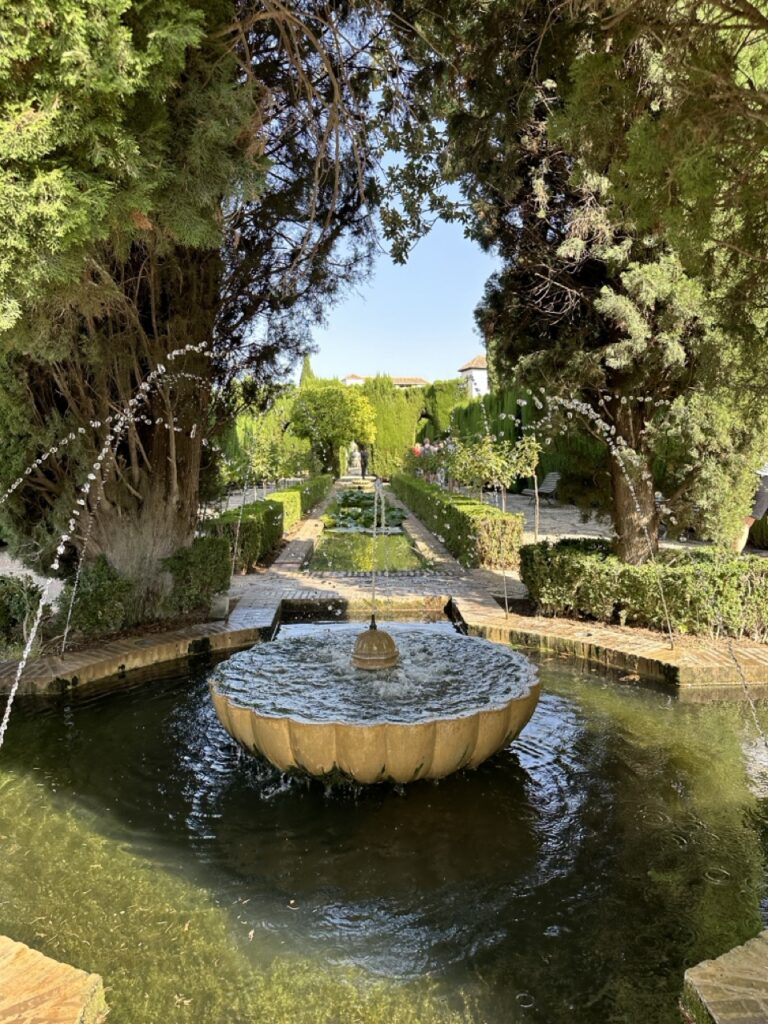
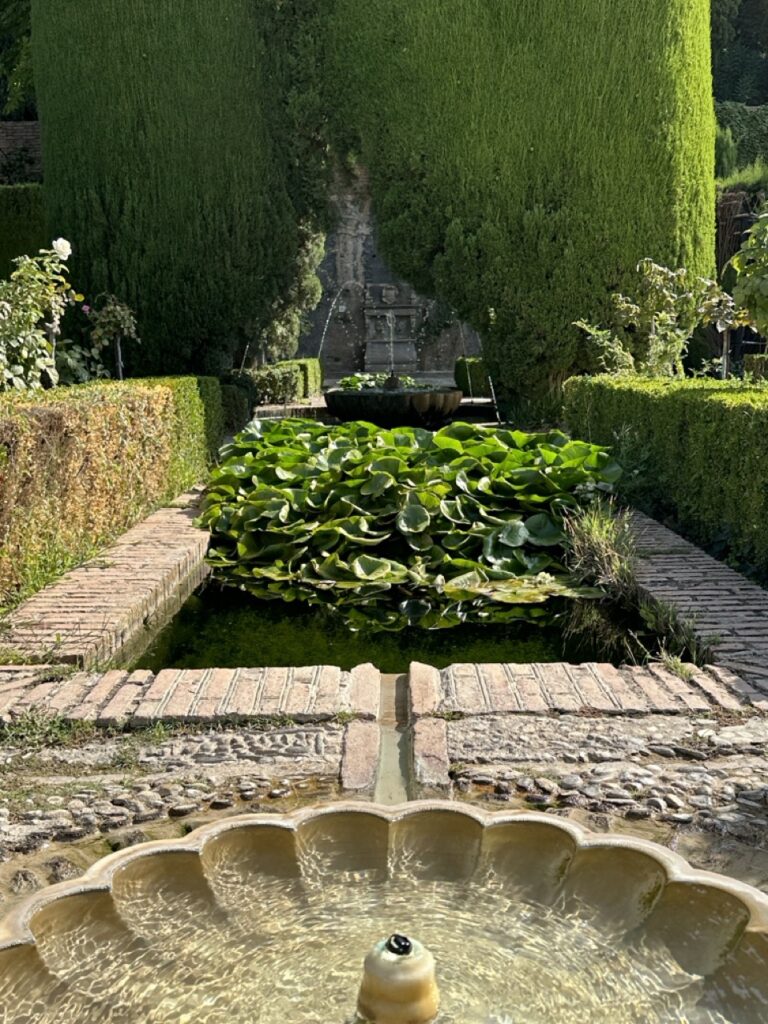
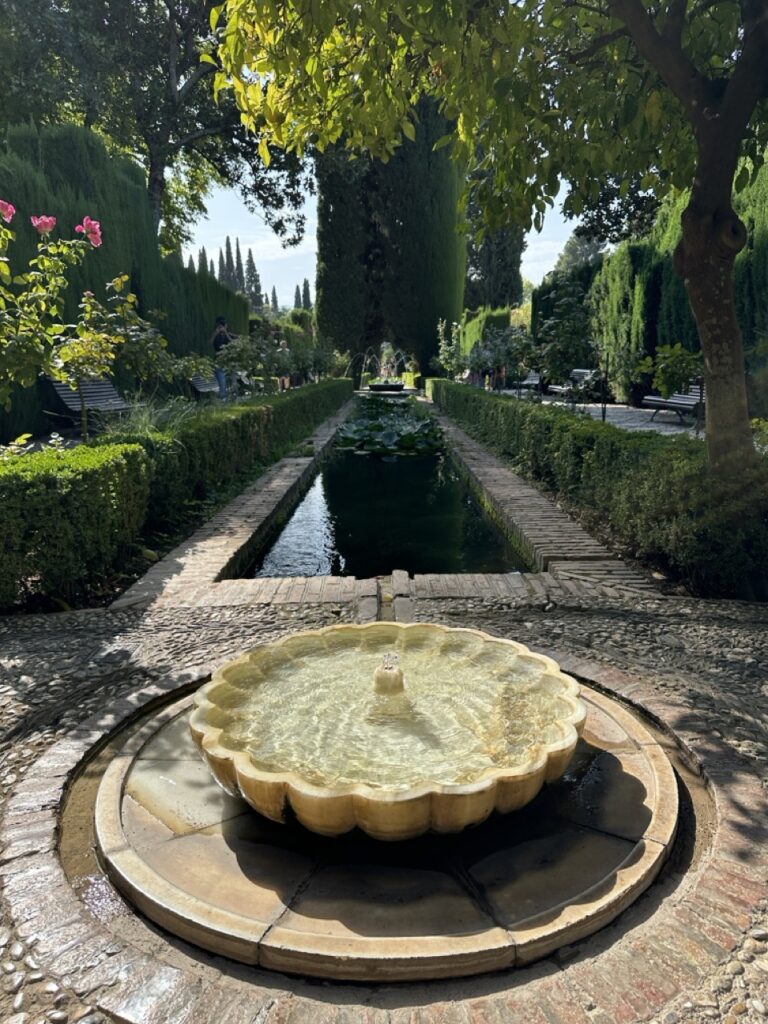
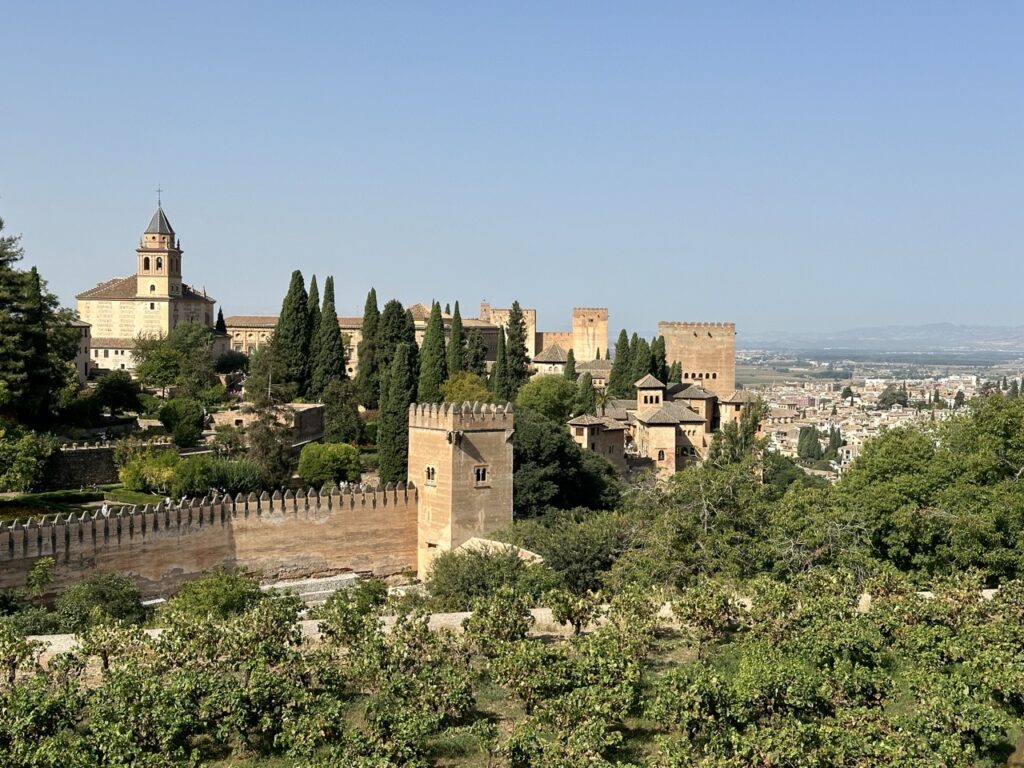
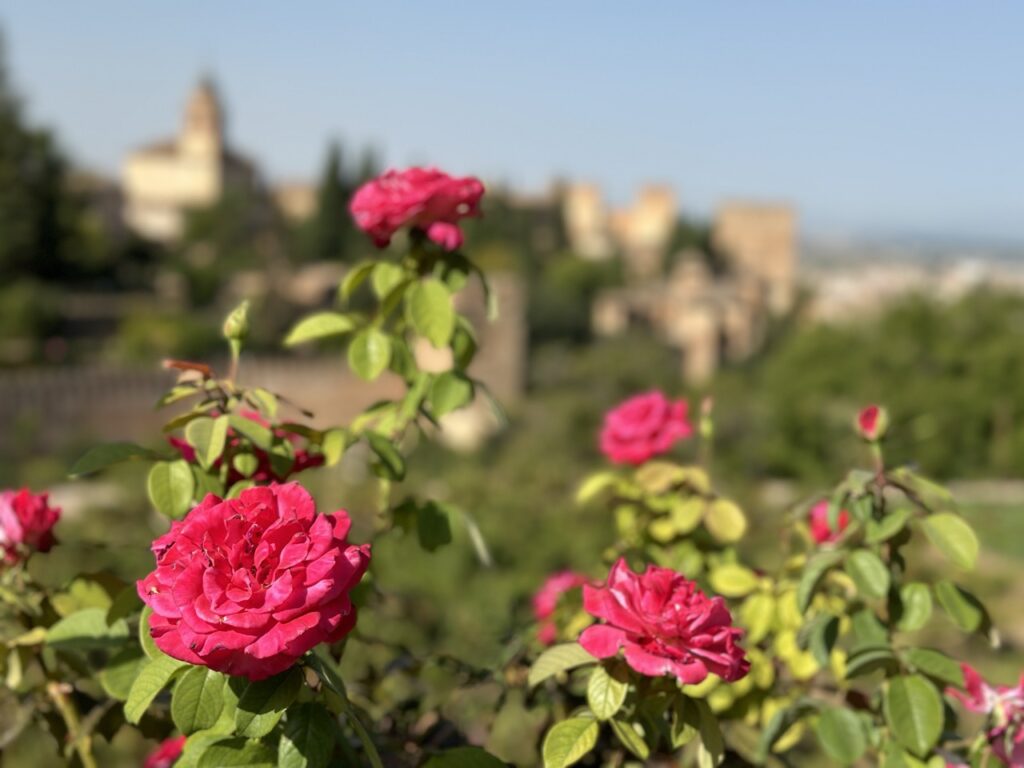
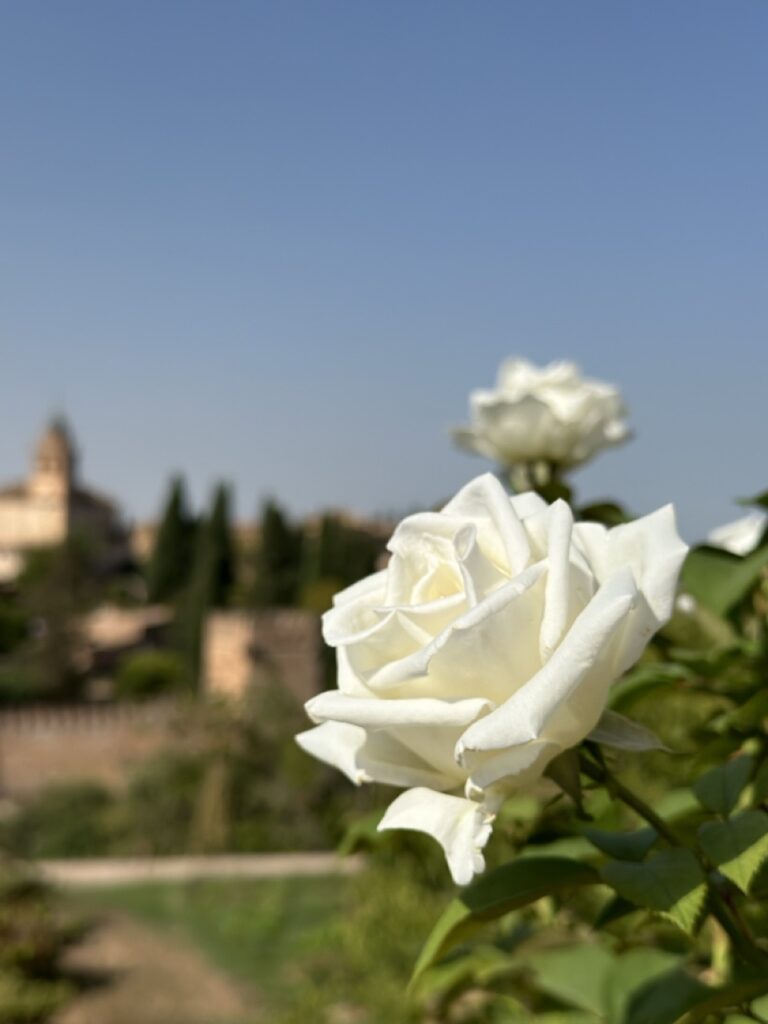
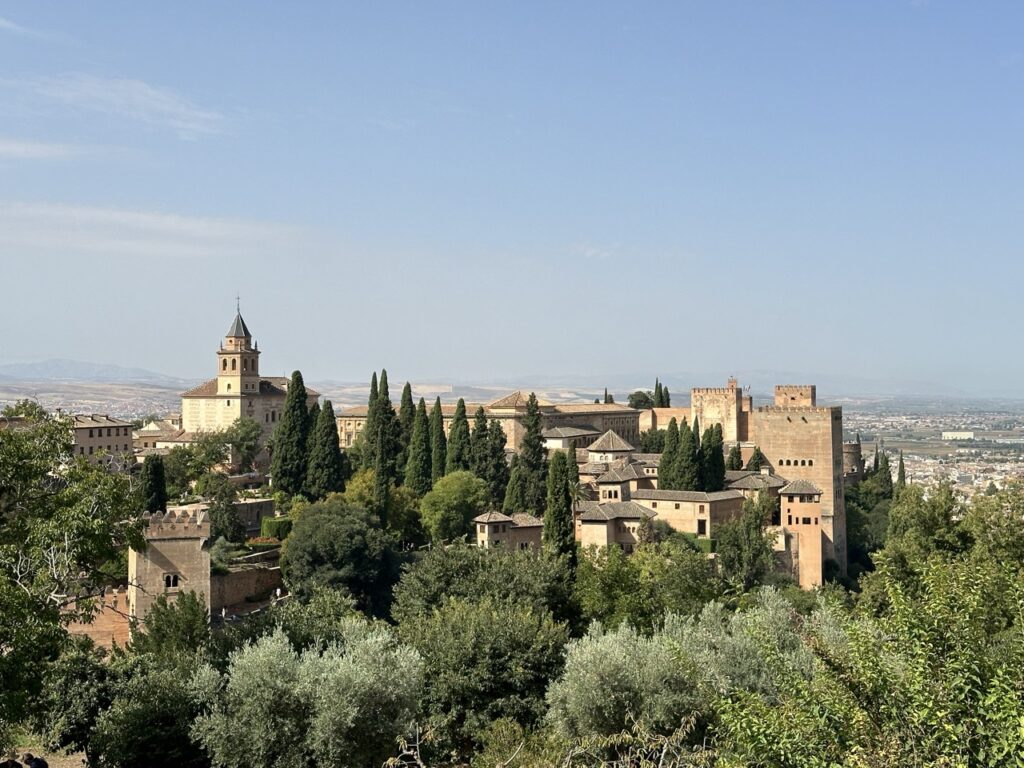
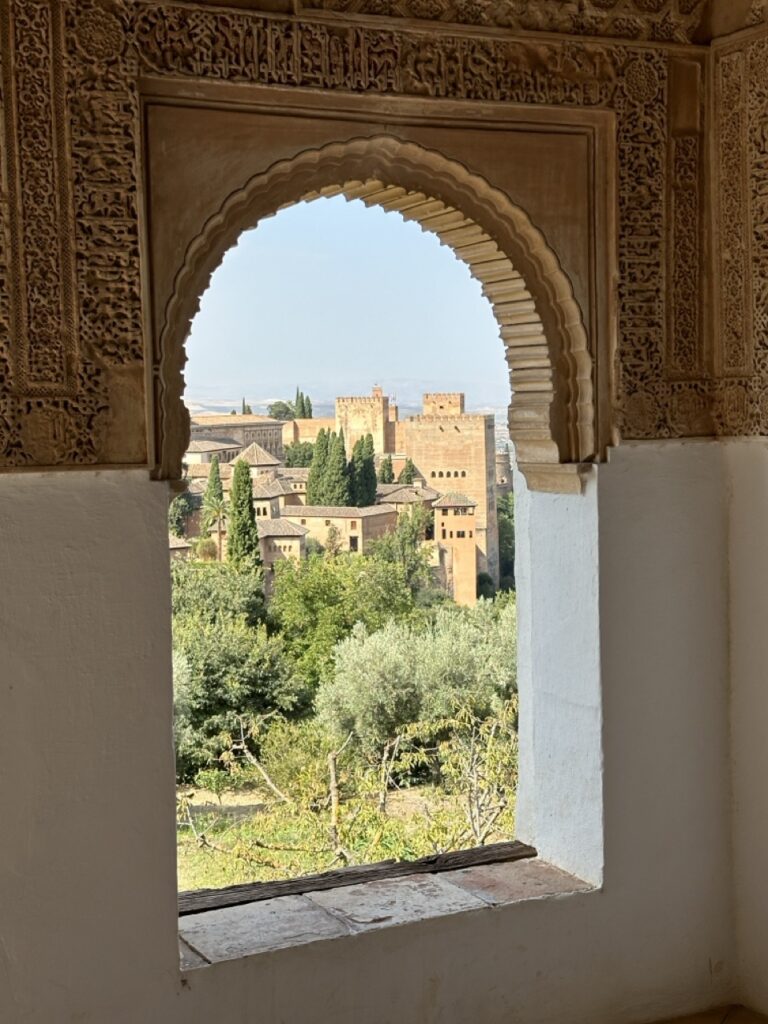
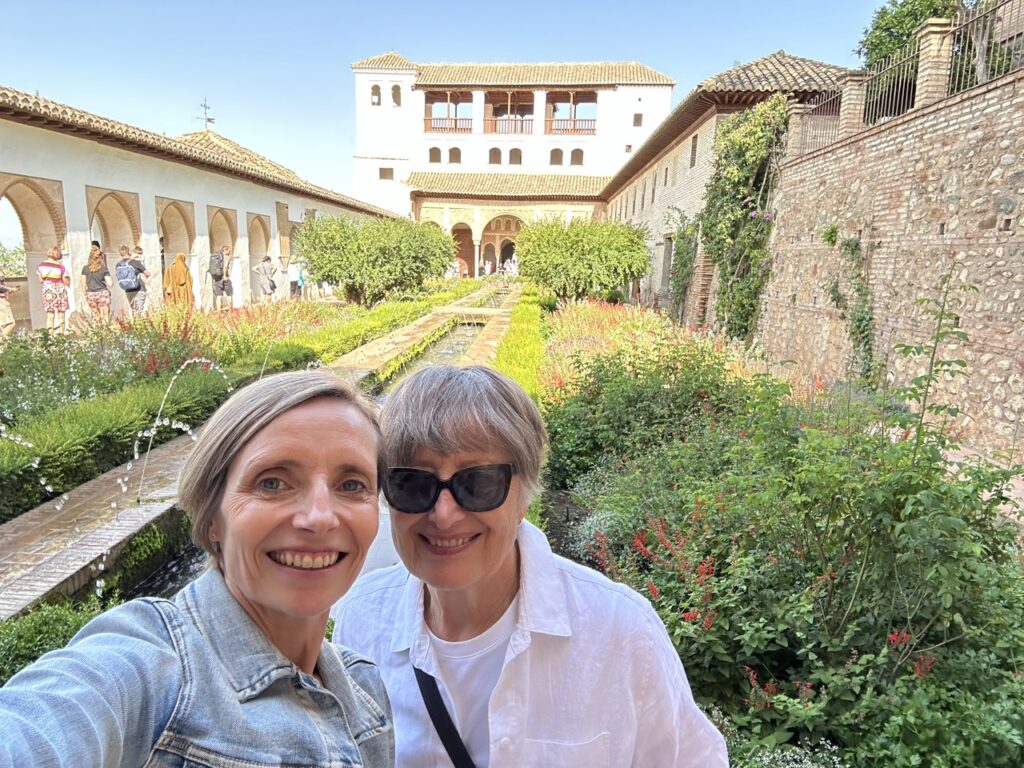
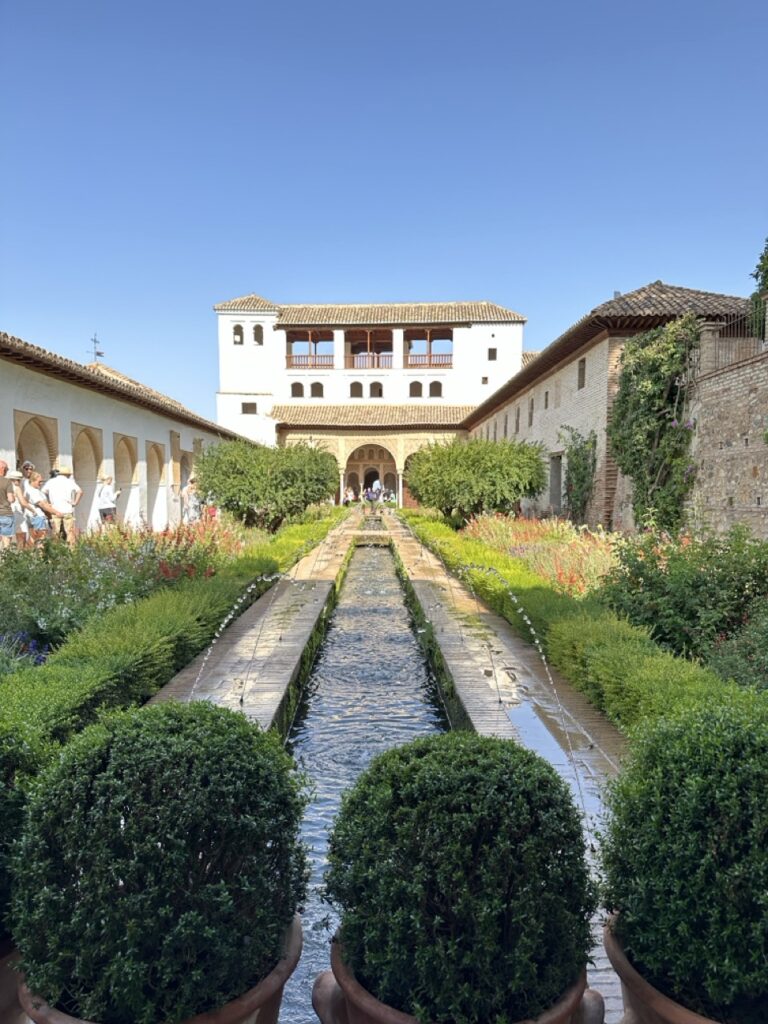
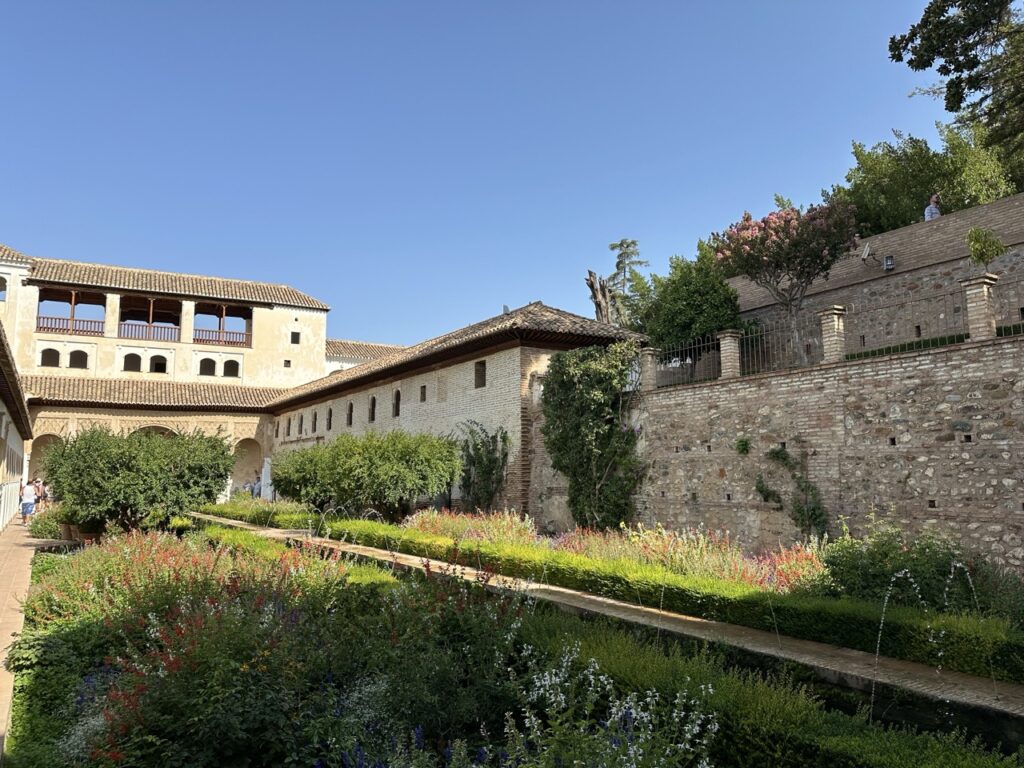
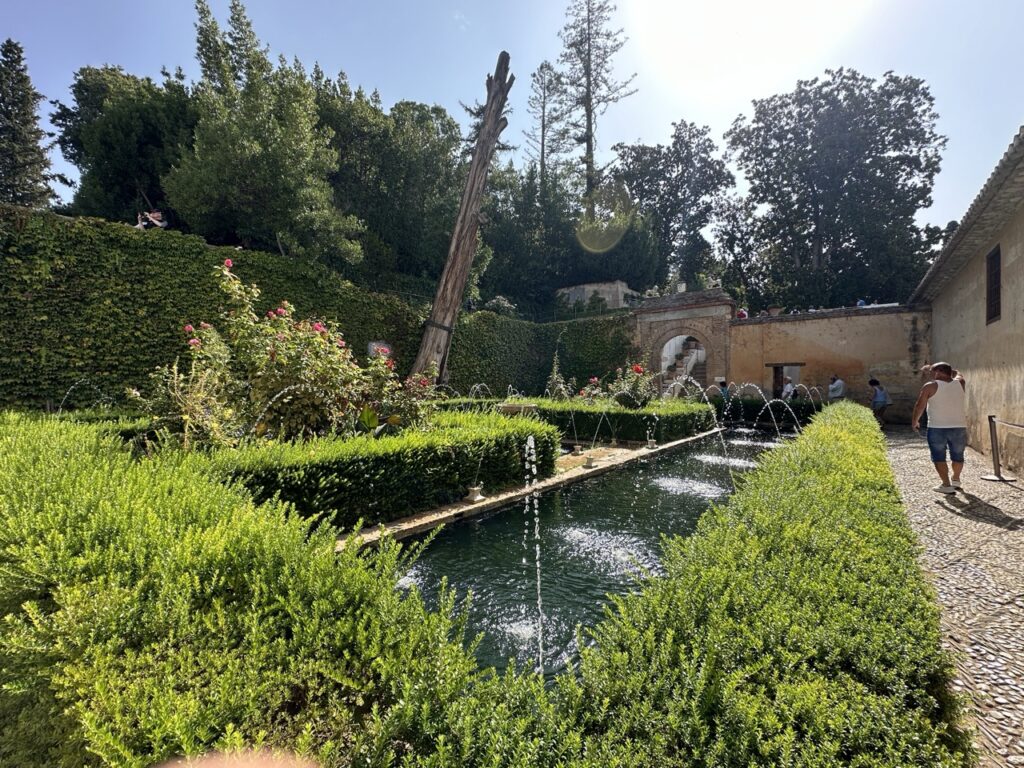
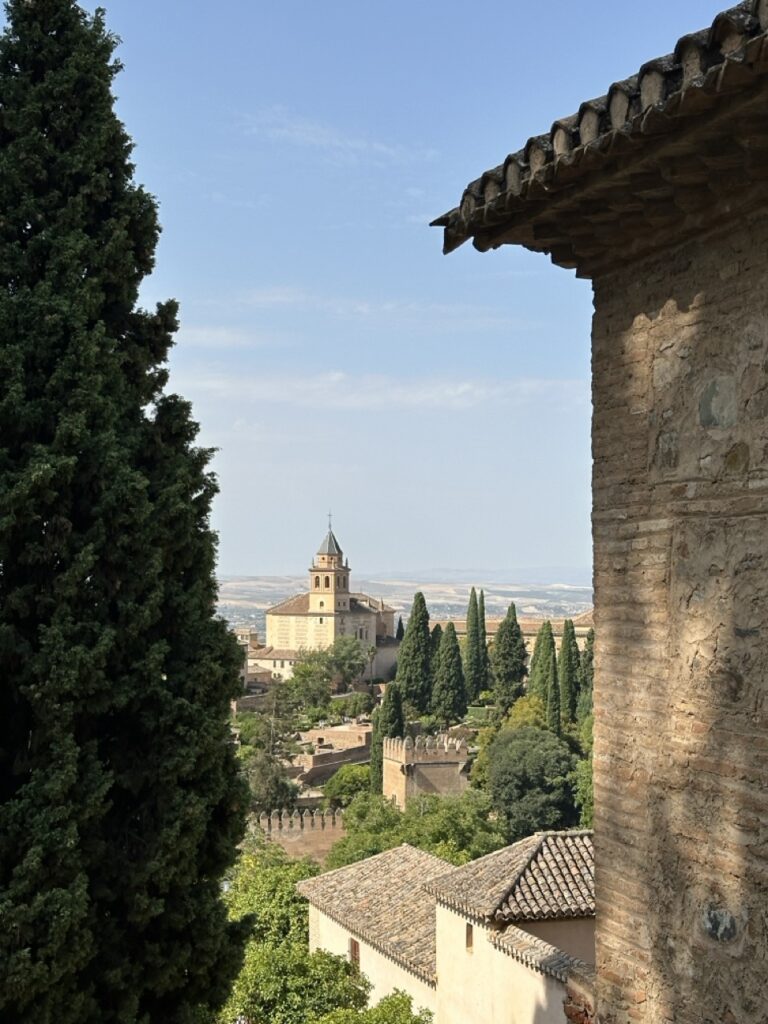
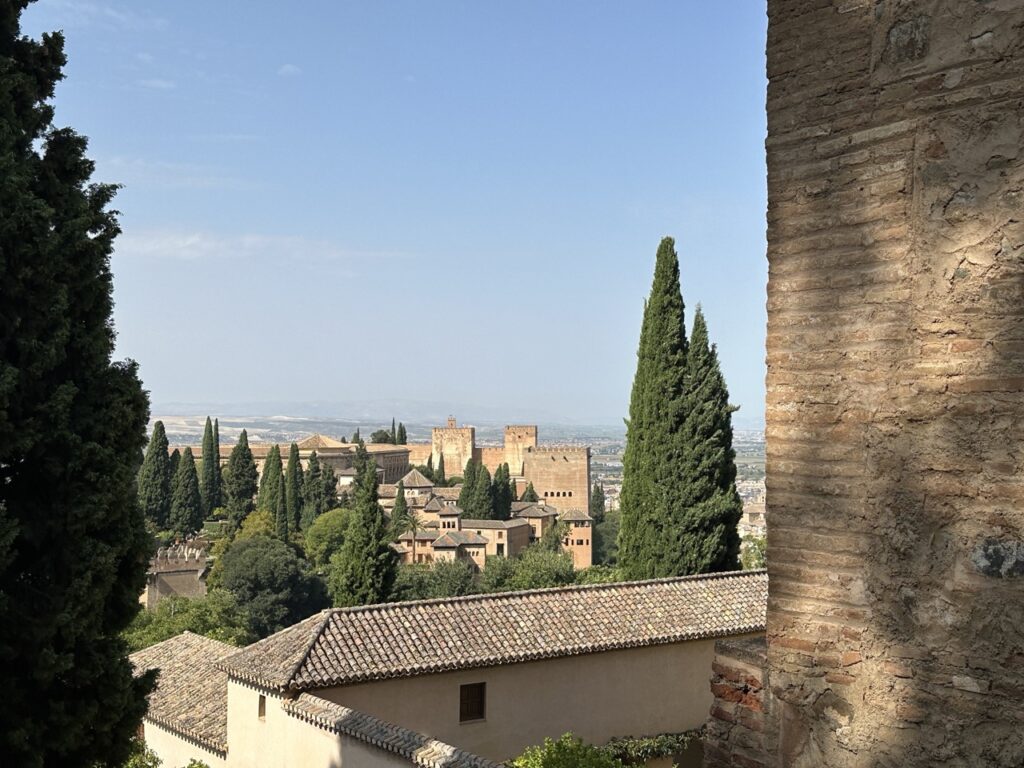
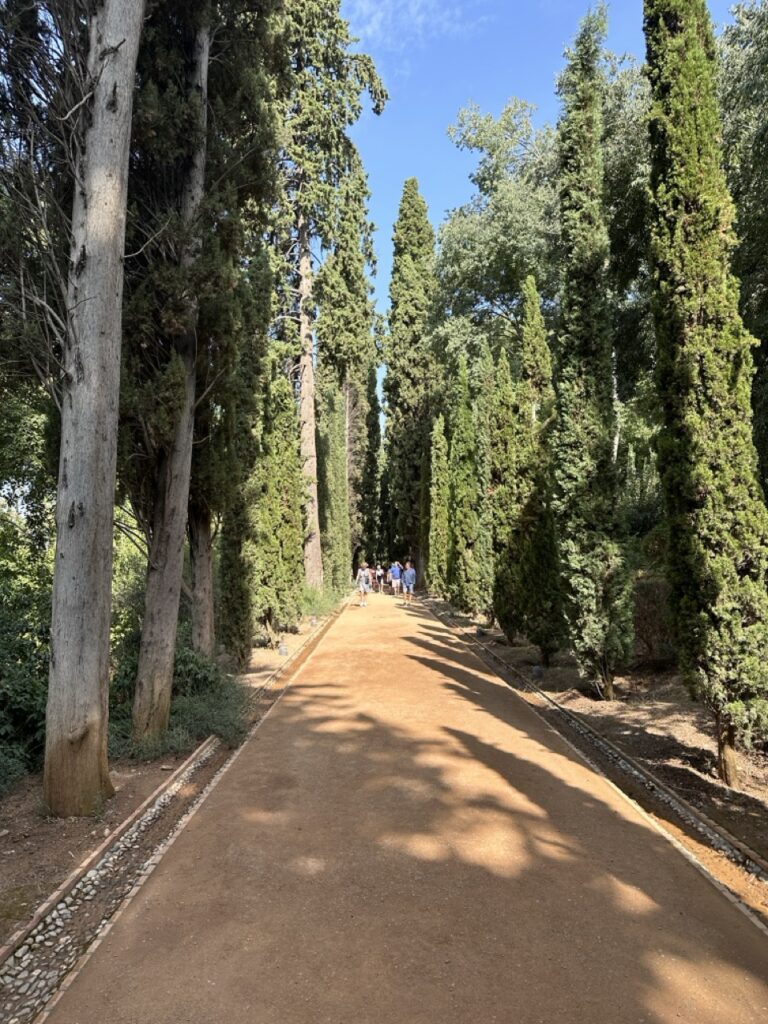
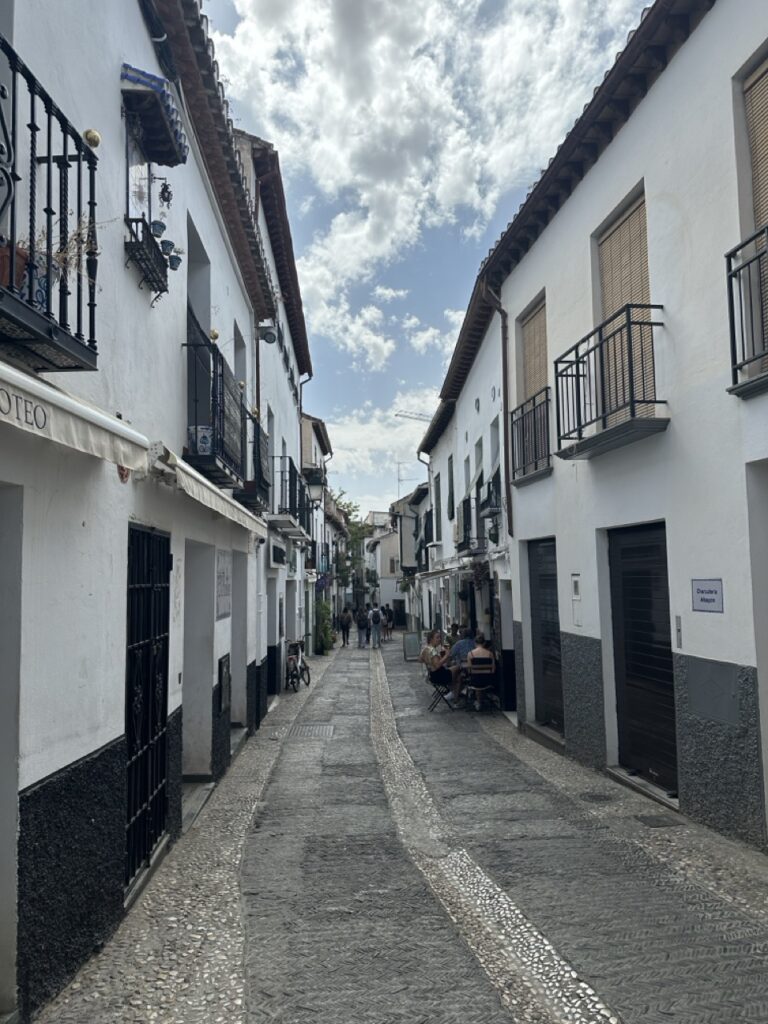
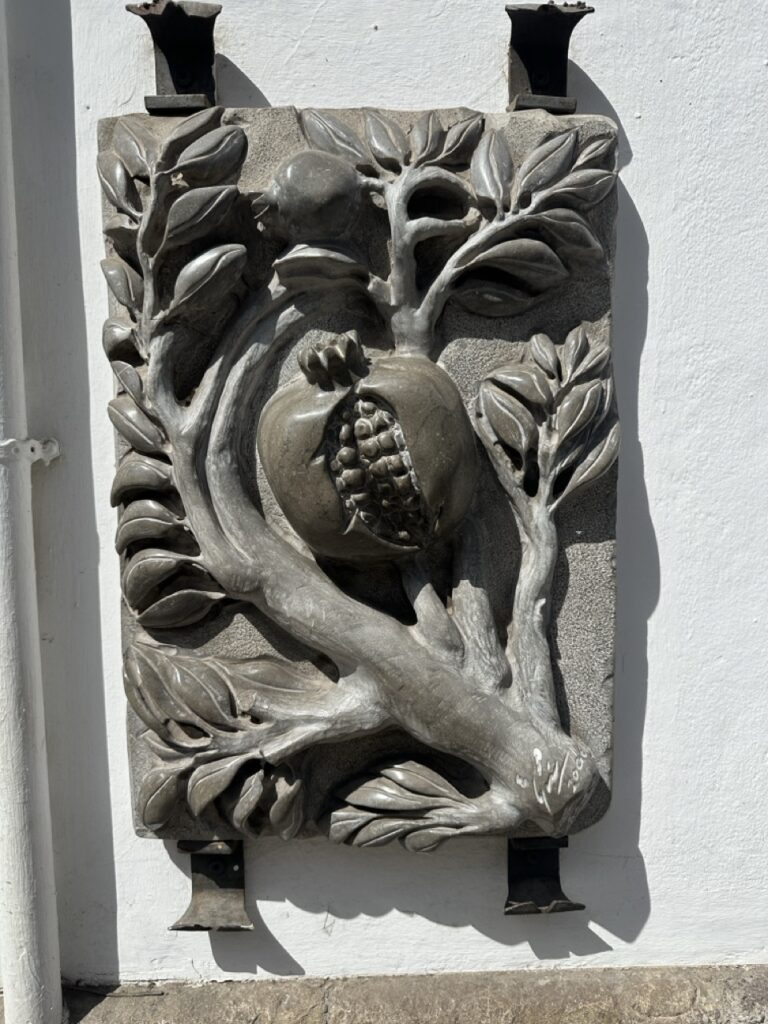
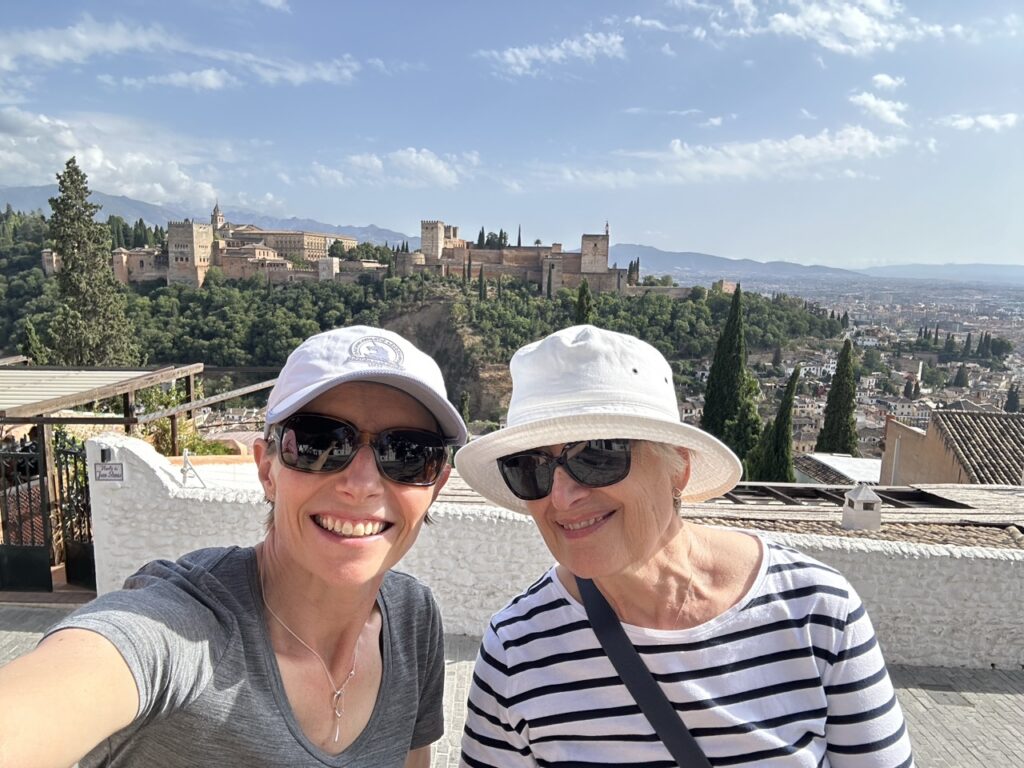
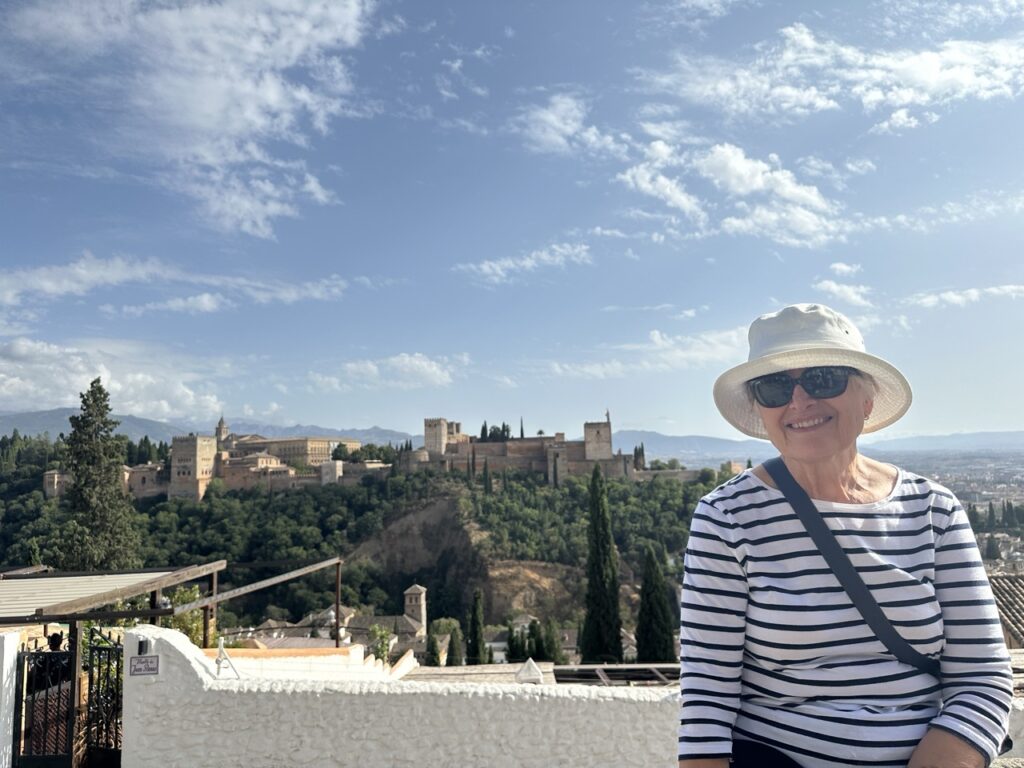
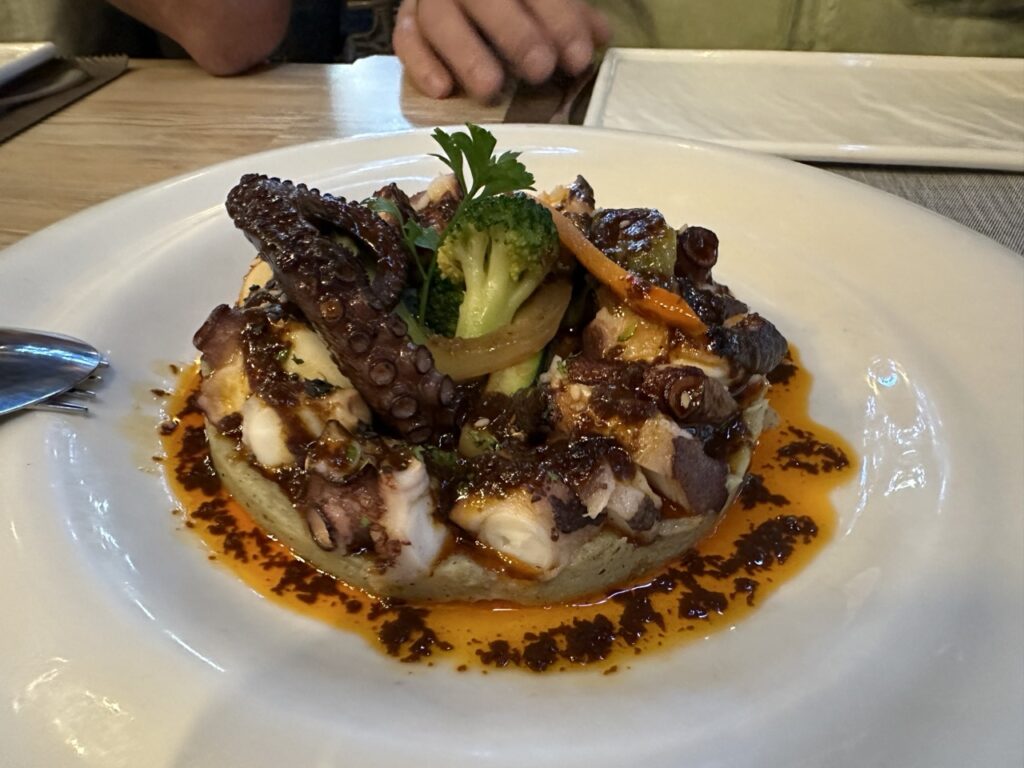
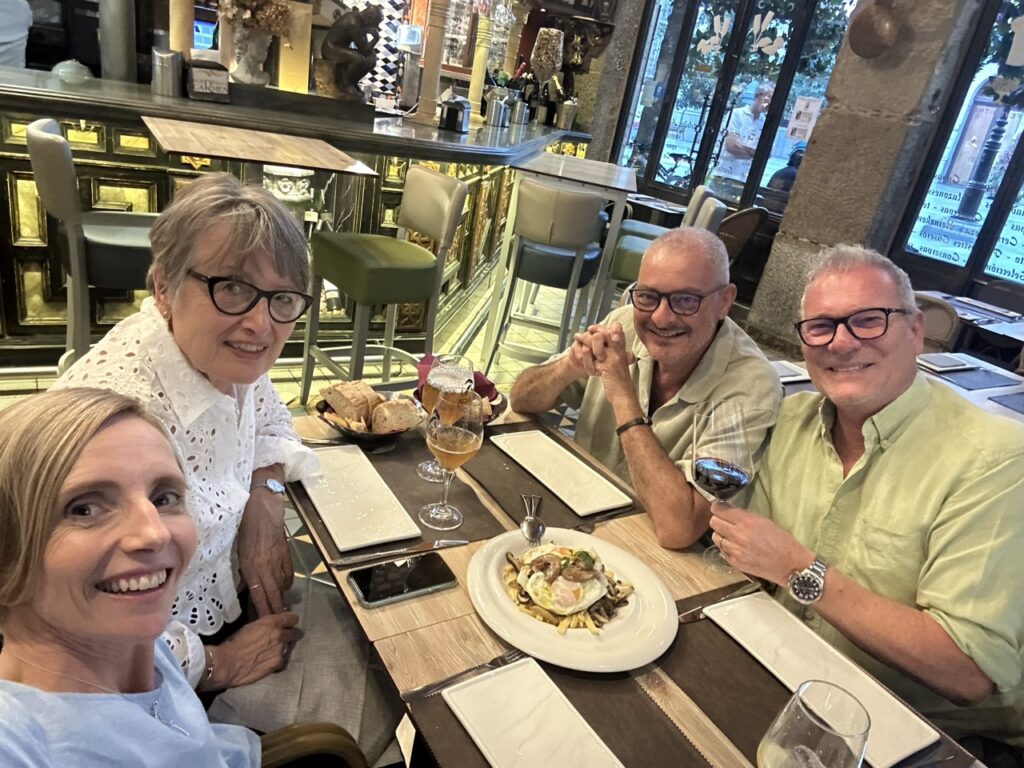
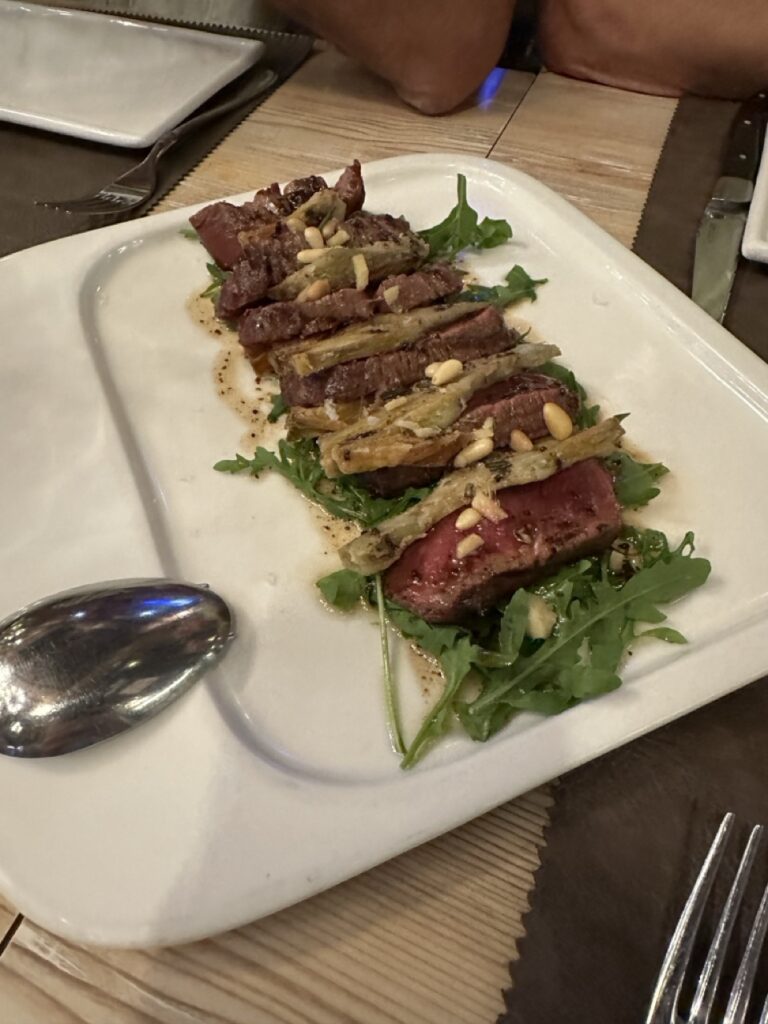

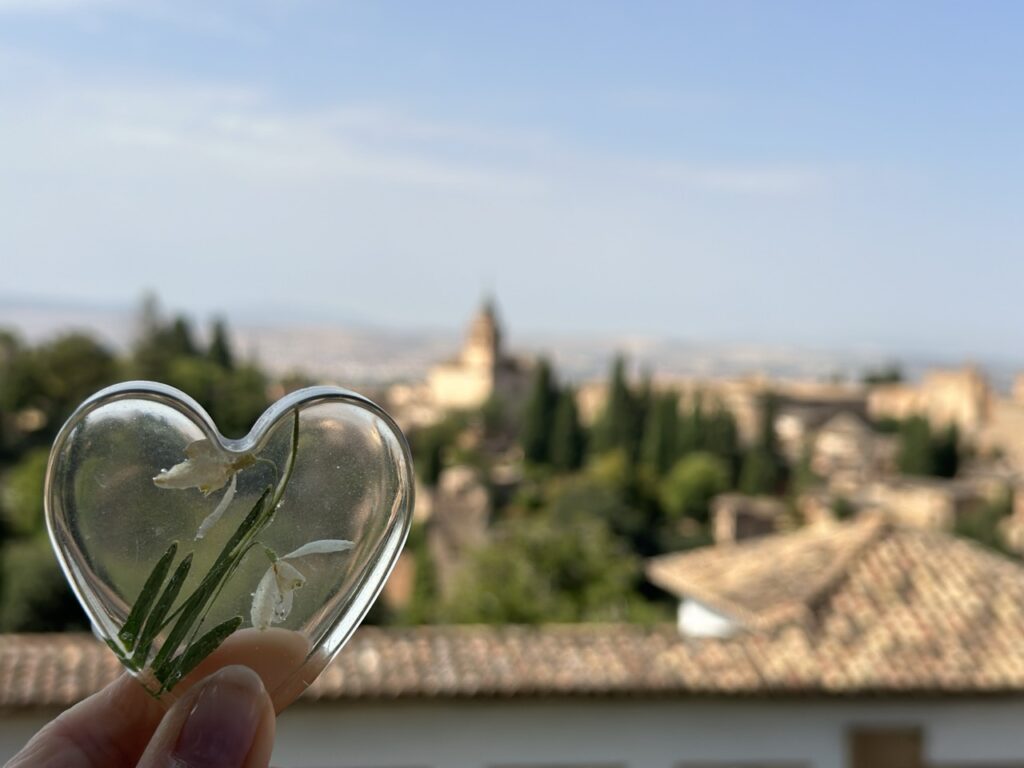
Comments are closed